
ANDRES TOKASHIKI
Industrial Design Portfolio
About me

My name is Andres Tokashiki
I’m an Industrial Designer from Lima, Peru currently studying in Delft, Netherlands
EDUCATION
Delft University of Technology (2024-2026)
MSc Integrated Product Design
Pontifical Catholic University of Peru (2013-2018)
Bachellor of Arts with major in Industrial Design
WORK EXPERIENCE
Metax (2020-2023)
Head of Product Design and Development
Industrial Design Analyst (2020-2022)
Hospital furniture and equipment design
Santiago de Surco Municipality (2020)
Freelance Designer
History museum experience design
As a designer, I try to embrace design not only as a powerful, user-centered, problem solving discipline, but also as a vessel for social connection and technological innovation.
I’m always curious for experimentation with new technologies, materials and production methods.
MITAMITA (2018 -2020)
Co-founder / Product designer Ceramics studio
Pontifical Catholic University of Peru (2018)
Part-time Instructor / Teaching Assistant
Product Design / Packaging Design
EXHIBITIONS AND AWARDS
Critics’ Prize - Industrial Design (2017)
Art and Design Faculty - PUCP
Exhibitor - Global Grad Show (2019)
Dubai Design Week - Dubai, UAE
A portable tool for small scale farming in the Peruvian Andes
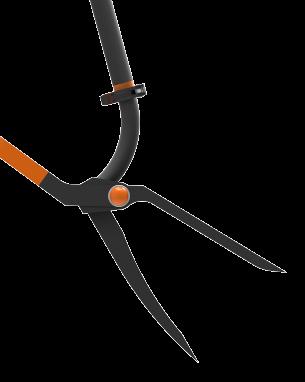
A wearable posture tracker for children
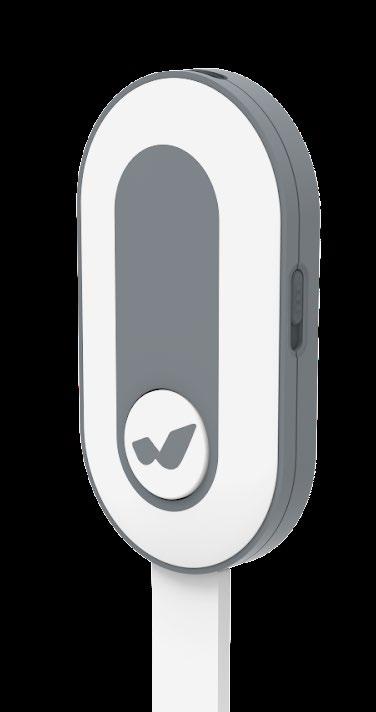
Hospital furniture and equipment design for state institutions
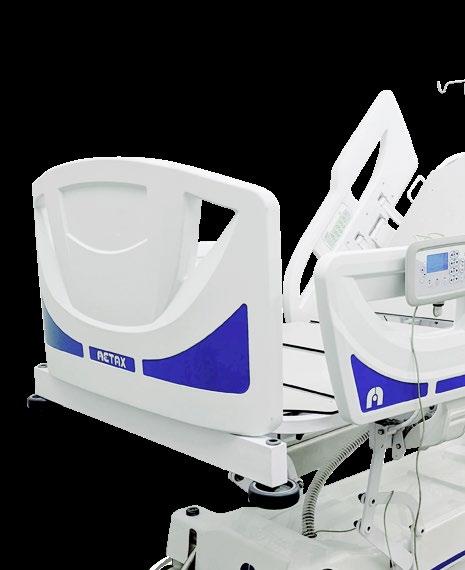
VOLTA
A portable tool for small scale farming in the Peruvian Andes
Academic project | 2017
Client: Fundación Integración Comunitaria (FIC), Trafigura Foundation
Team:
Valeria Pedraza, Camila Rodríguez
David Landeo, Renzo Mayo, Isaac Ramos
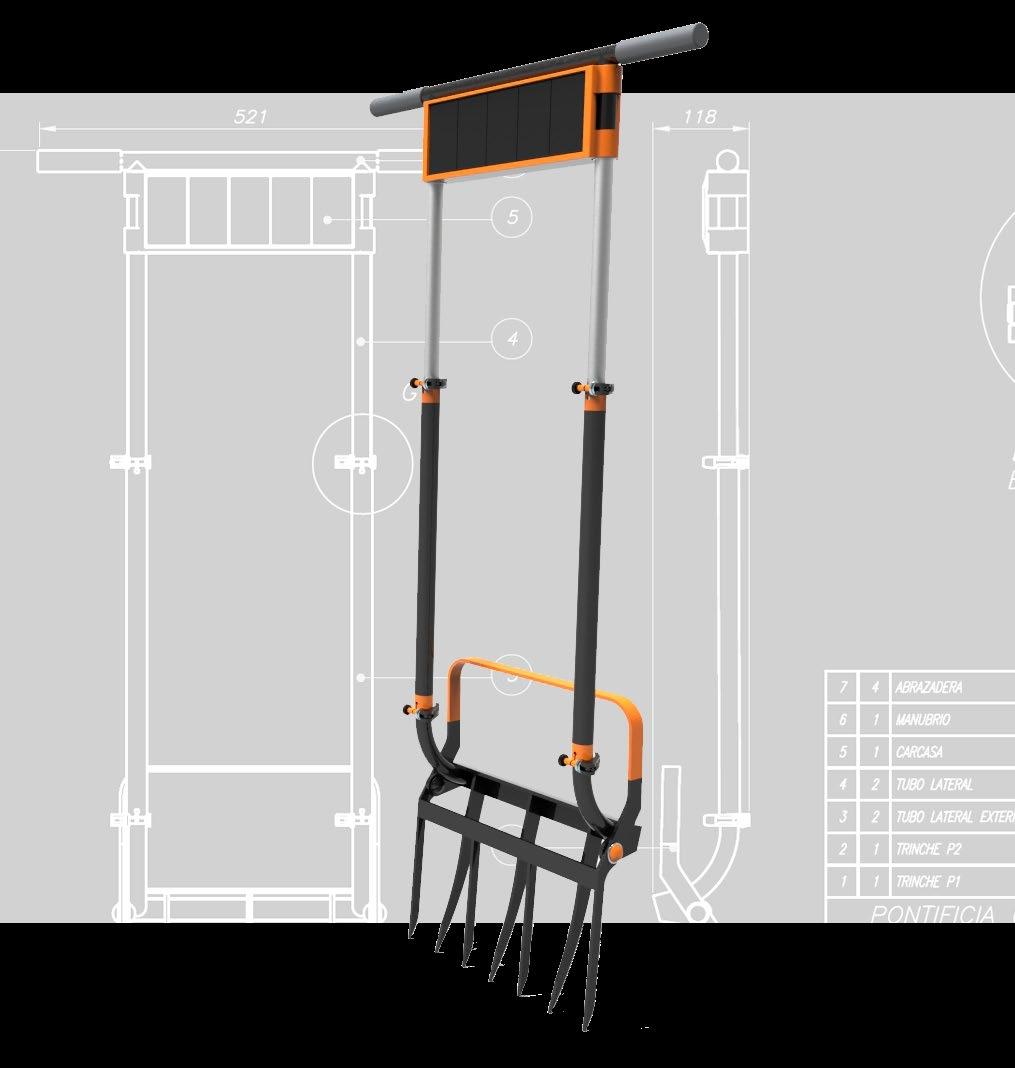
How can interdisciplinary, user-centered design help improve the quality of life for small-scale farmers in the Peruvian Andes?
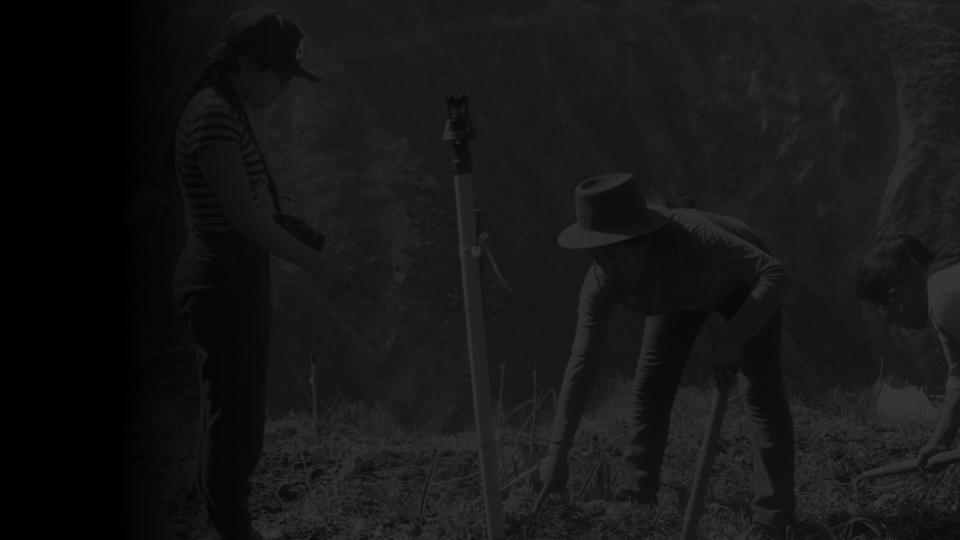
A team of designers and engineers visited a small farming community in the mountains of Ayacucho, Peru. Our goal was to find a way to increase the farmers’ productivity and income, while trying to reduce their physical effort and pain.
Background
Location:
Canaria district, Ayacucho
Peruvian highlands
In this remote, mountainous area, peruvian farmers work small sections of land, scattered throughout different altitude levels.
Due to the steep terrain and the lack of roads spread across the land, transportation is a daily challenge for the farmers, who have to walk long distances very early in the morning.
The poor transport infrastructure and low income limit the development or implementation of new technologies.
Small-scale agriculture in this area has remained the same for centuries.
What did we discover about the farmers’ day-to-day routine?
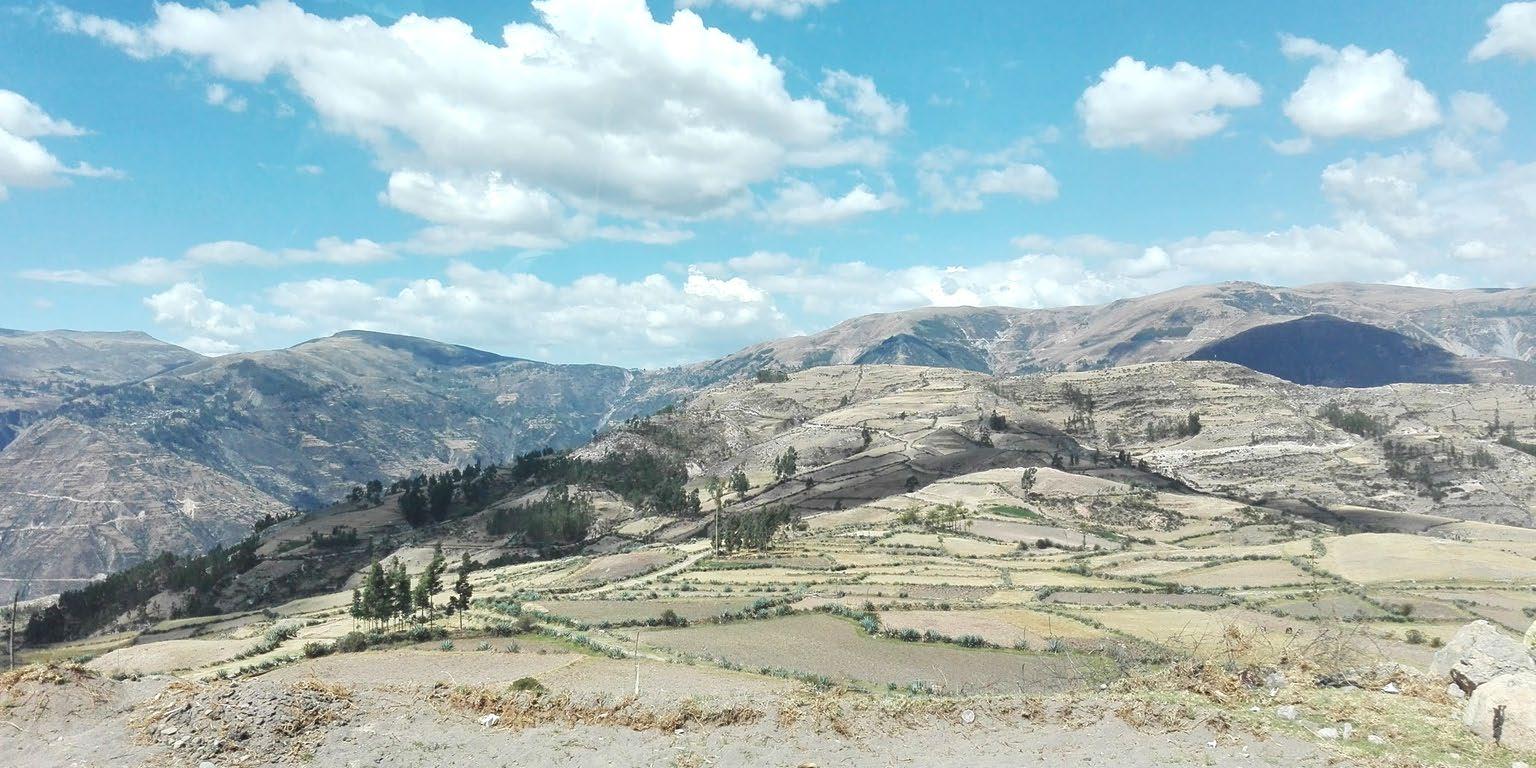
User research
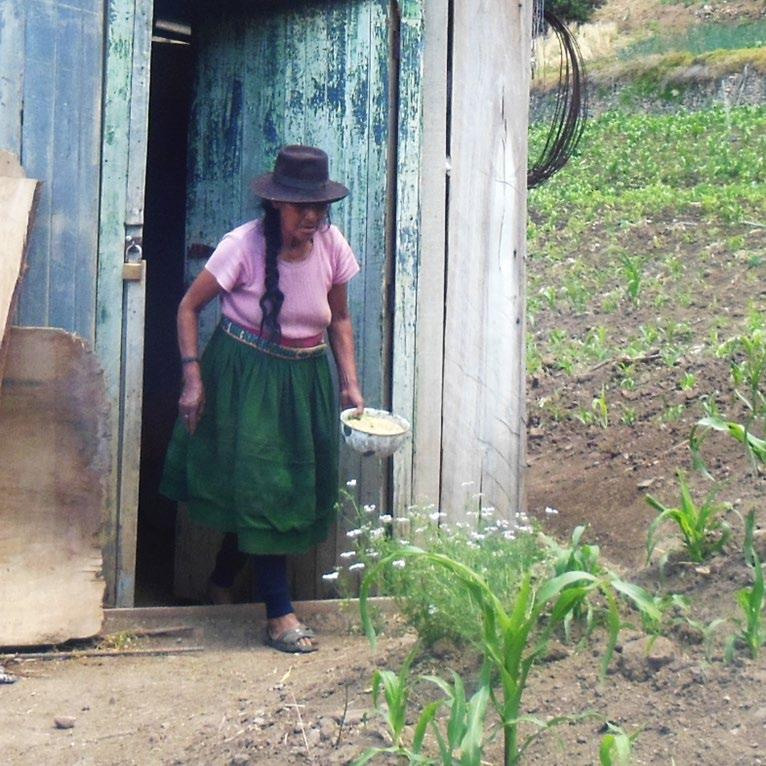
The workforce is comprised mostly of elderly men and women, as younger people search for more profitable activities, like mining.
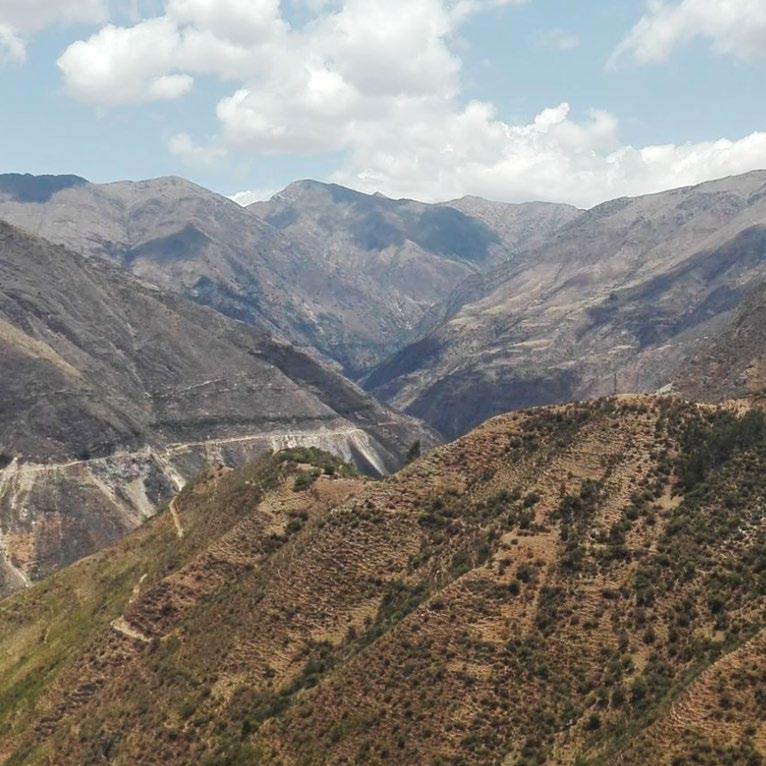
Farmers are unable to use machinery or automation due to the steep terrain, the lack of transport infrastructure and limited access to fuel.
What did we discover about the farmers’ day-to-day routine?
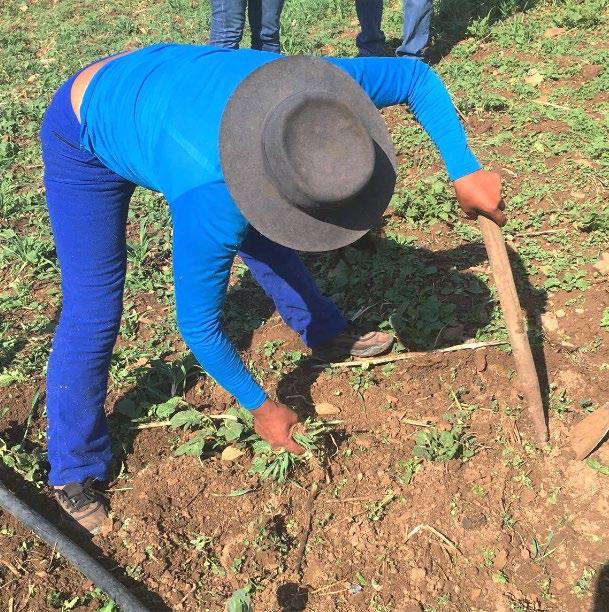
Plowing, sowing and harvesting are carried out manually using traditional tools, which require a lot of physical effort.

They usually have to hire external workers or rent animals to increase productivity, even if it reduces profit.
How can we design a tool that increases productivity, reduces physical effort and responds to context-specific needs?
Ideation
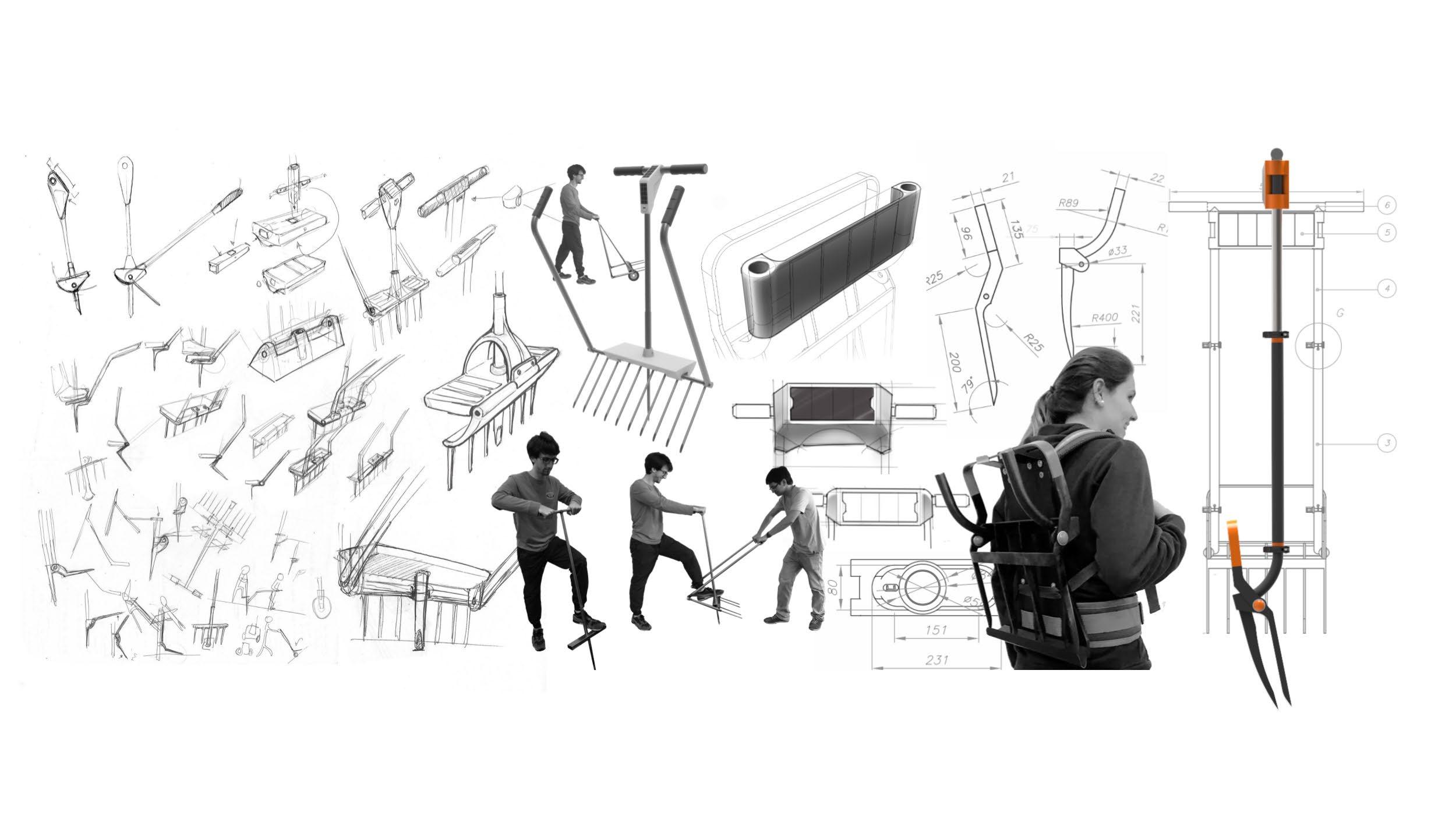
An iterative journey seeking both functionality and ease-of-use
Product features
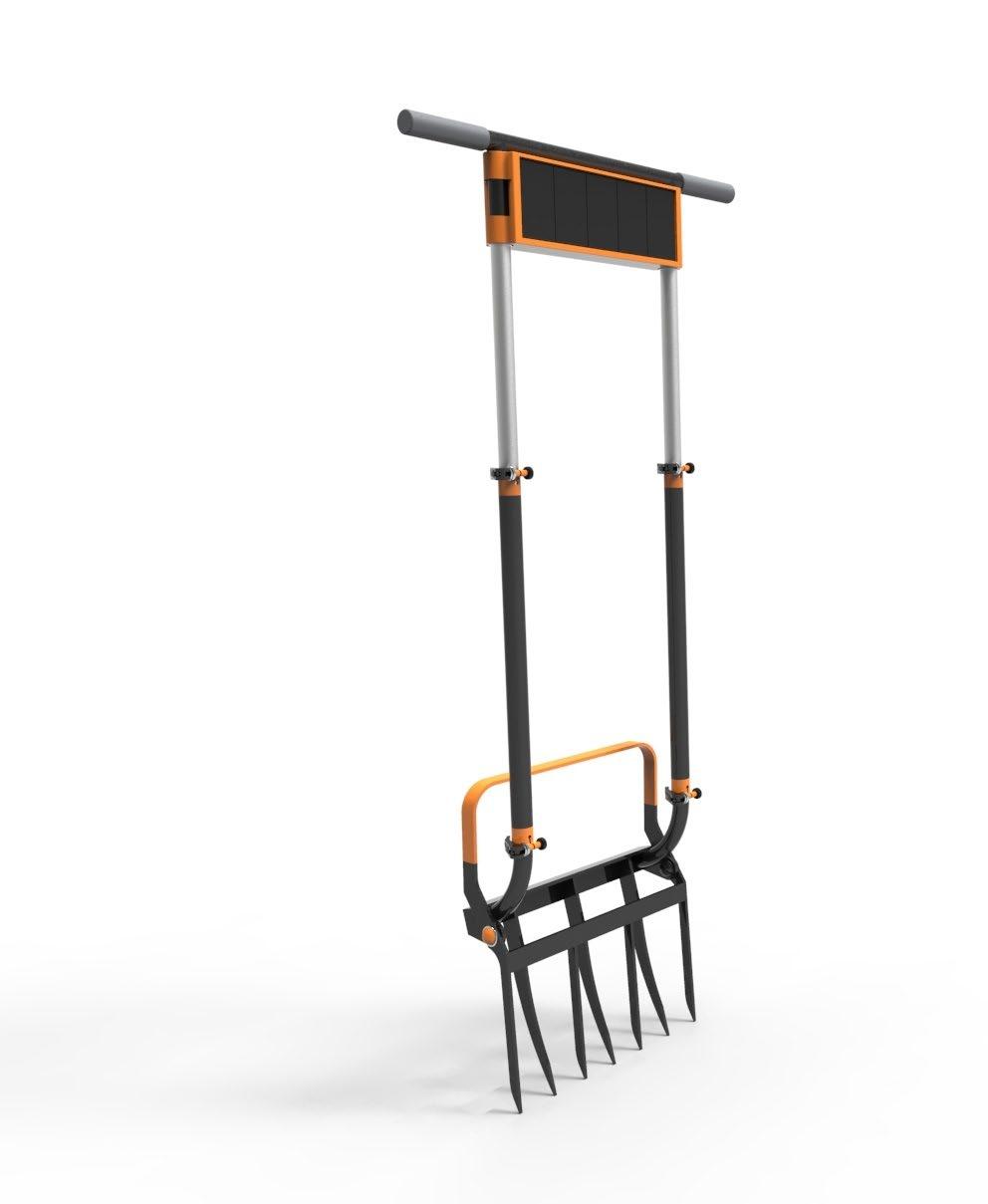
Crafting a solution based on the user’s identified needs
Volta is a lightweight and portable tool for small scale farming in the Peruvian Andes. It allows farmers to cultivate their land with less time and effort, while being able to turn itself into a backpack for easy transport.

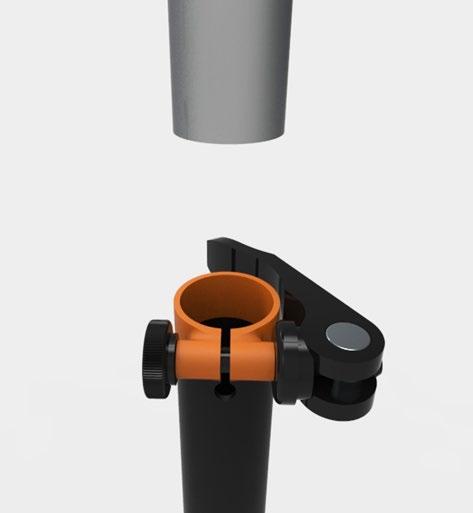
Efficient plowing
The lever mechanism helps breaking the compacted soil with less physical effort.

Easy to disassemble
The product can be easily assembled and disassembled through integrated clamps.
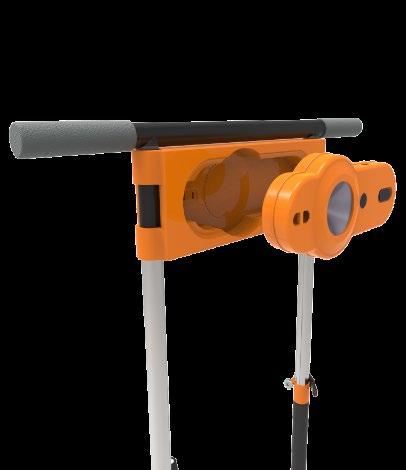
Transportation
All the components can be fixed into a backpack-like structure, making it easy to carry around.
Solar-powered accesory
Solar energy is stored during the work day. This energy can be used to power a LED flashlight or as a power bank for a mobile phone during long commutes.
Product features
How does it work?
Volta has a scissor-like mechanism that breaks through compacted soil
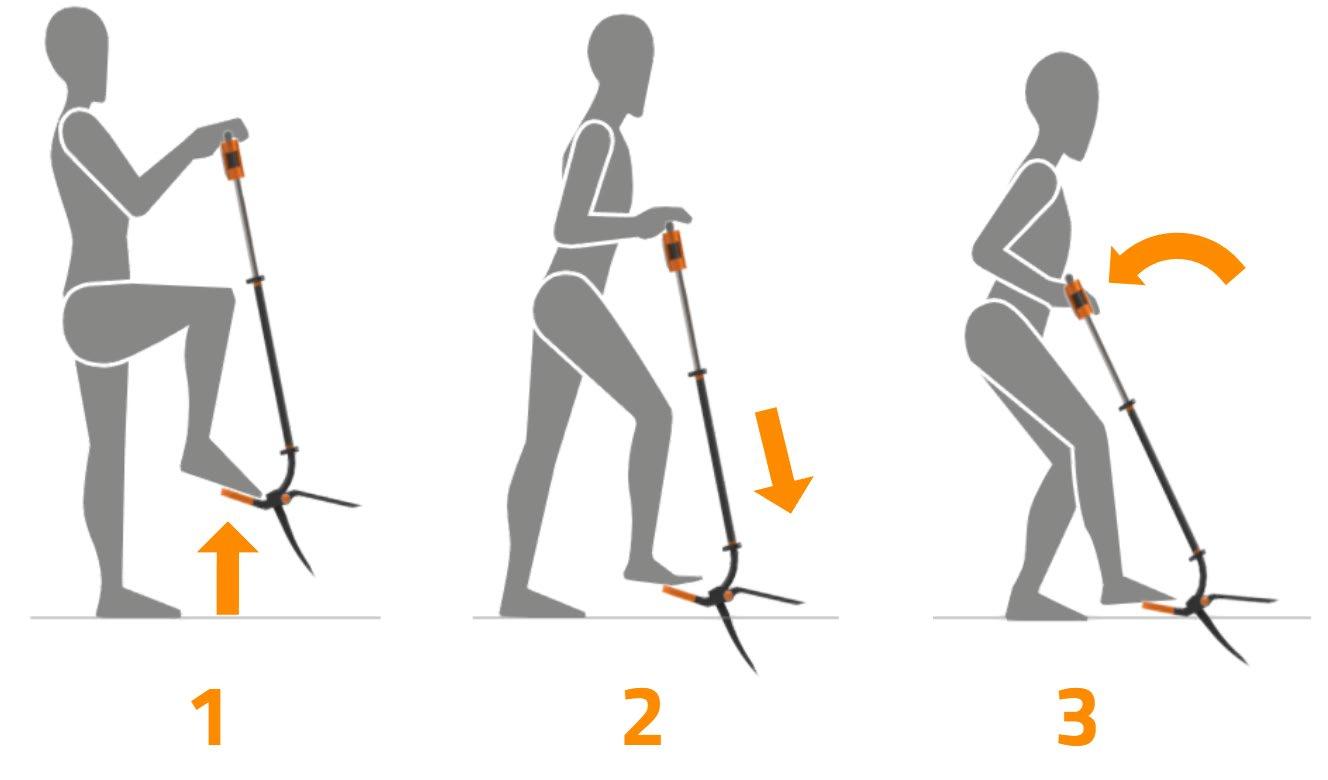
1. The user raises the tool from the ground
2. The tool is pushed downwards through the soil using the user’s own weight.
3. The user pulls the handle back while stepping on the tool, breaking compacted soil into smaller pieces.
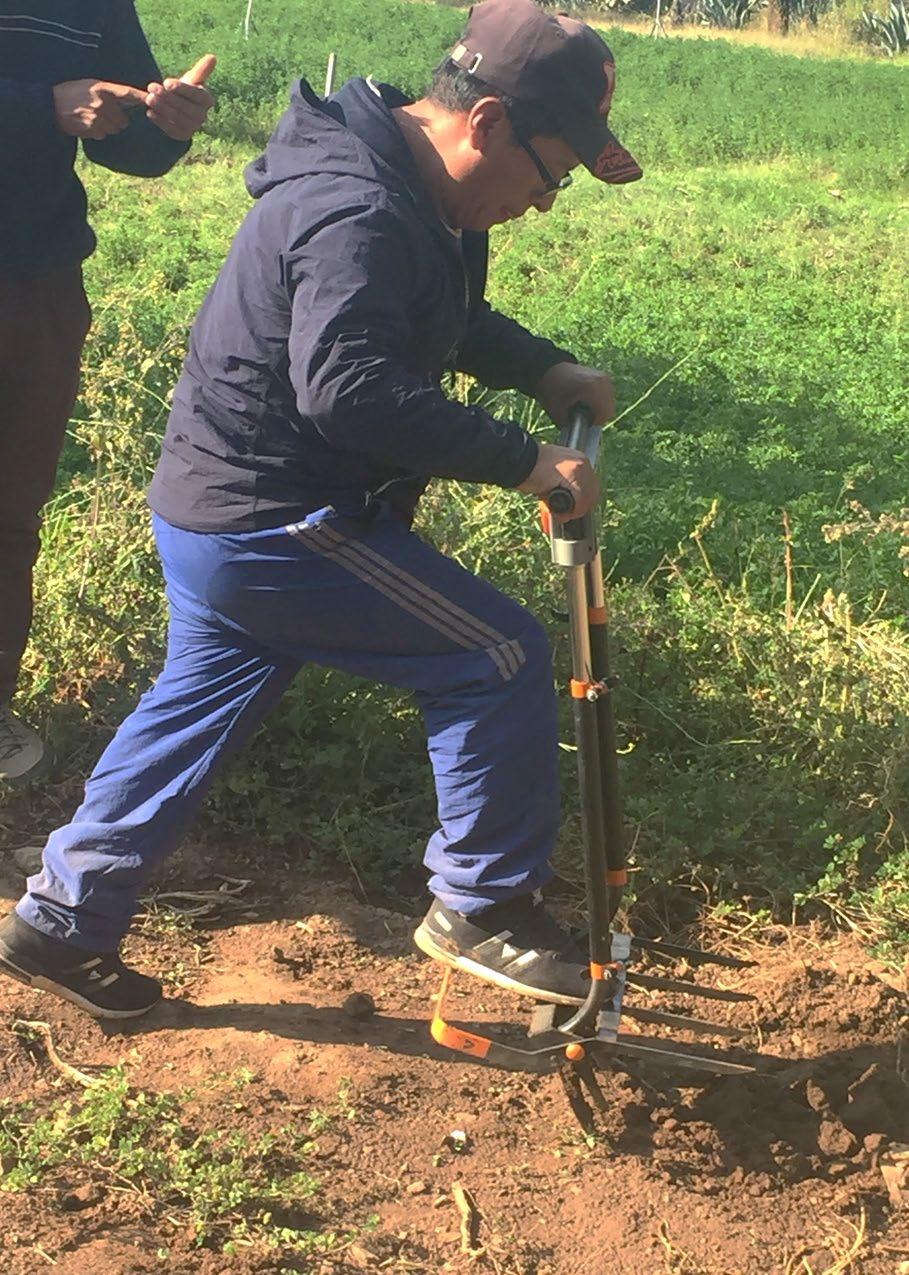
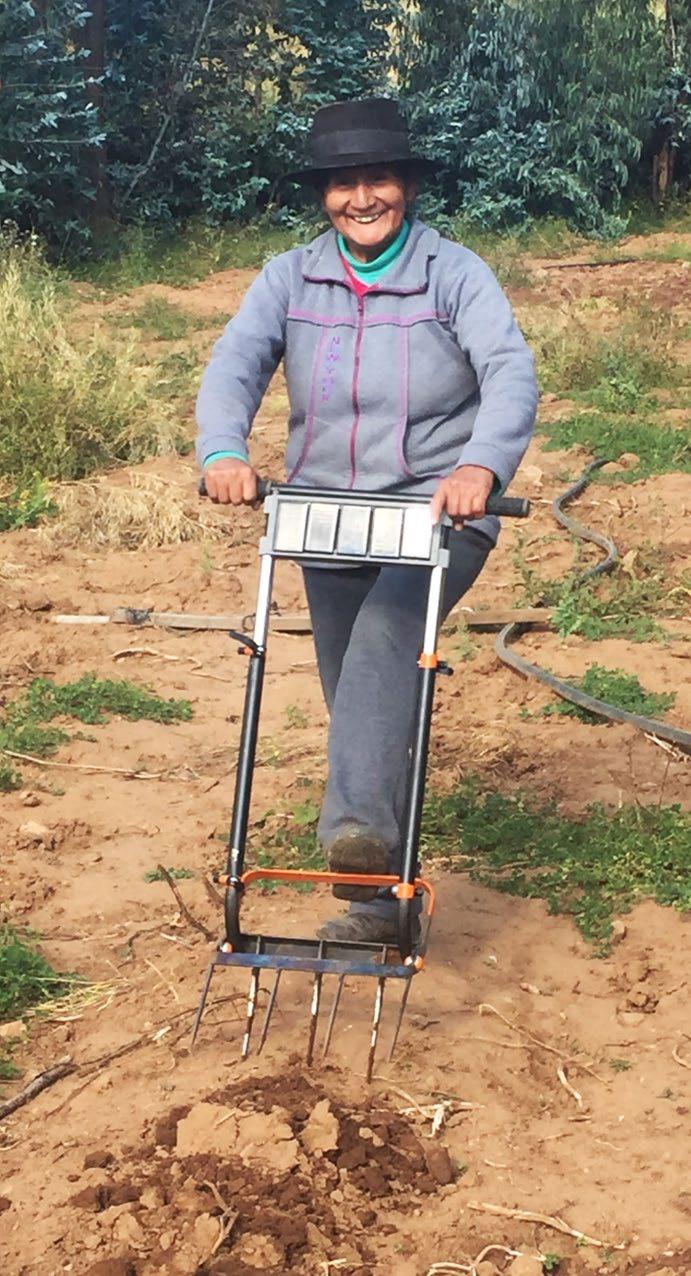
Product features
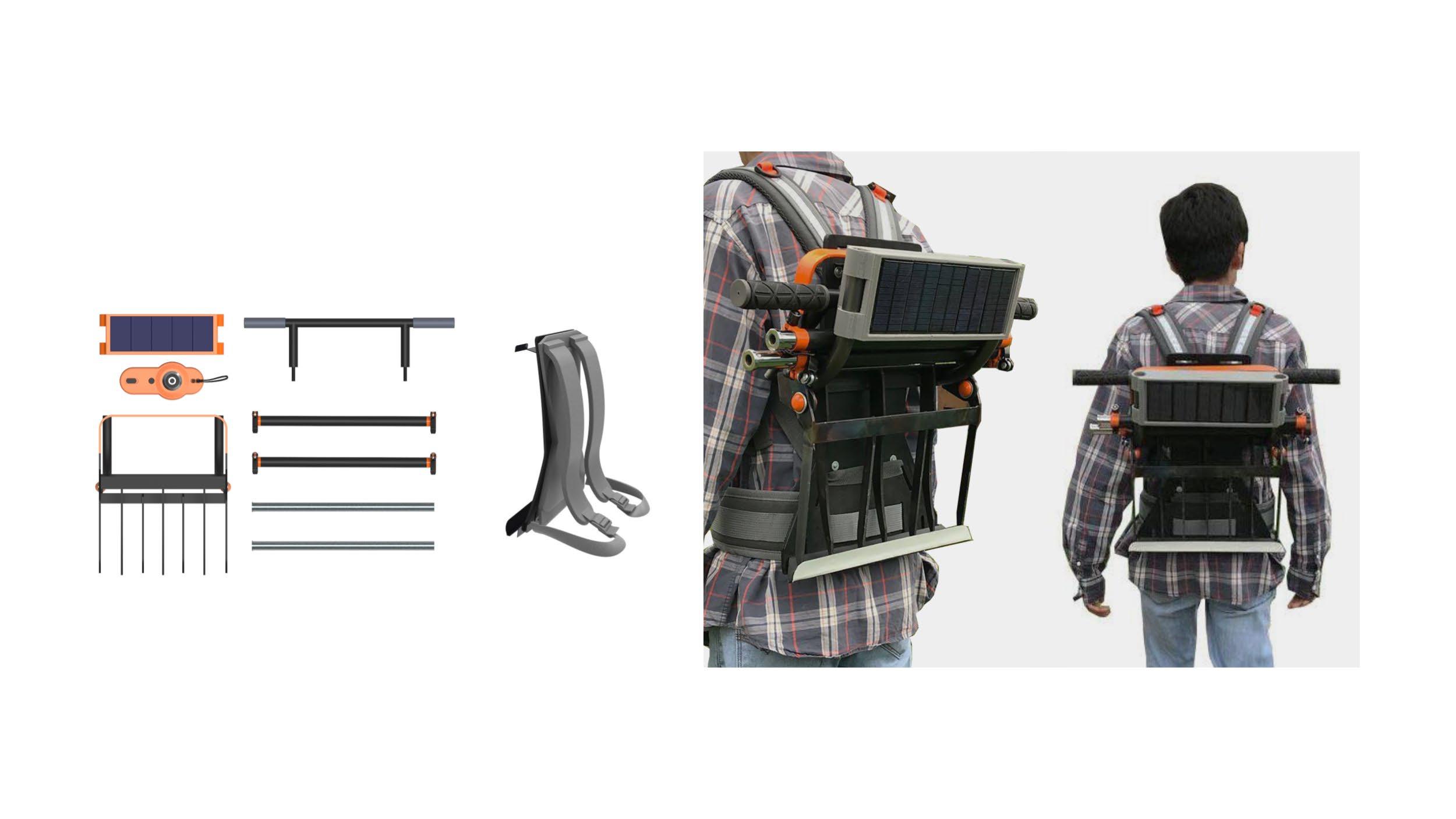
Portability
Volta can be easily disassembled without any tools, by using integrated clamps and threaded joints.
The different components can be assembled onto a backpack-like holder, making it easier to carry while commuting.
Process overview
Field research:
Huarochiri province
First-hand experimentation with tools and techniques just outside the city of Lima
Early immersion
General research on agricultural tools and processes in Peru
Interaction with real users was a major turning point in the design process, which is hardly ever linear
Opportunities
Plowing and soil preparation were identified as critical steps in the process.
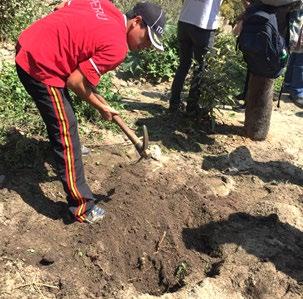
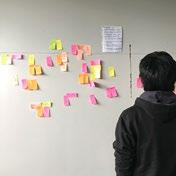
Early concept development
Simple automation and cooperation were proposed as possible solutions.
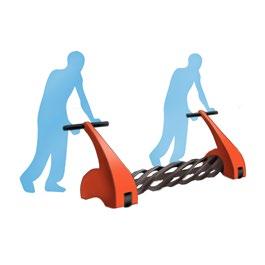
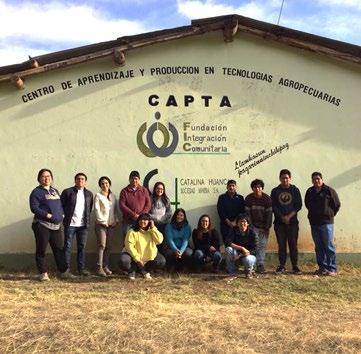
Field research:
Ayacucho region
We got to meet real end-users and experience their daily routines. Initial concepts required major changes.
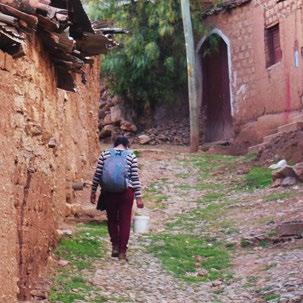
Insights
The steep terrain and long commutes were defined as important context-specific issues for the end-user. Portability is a must.
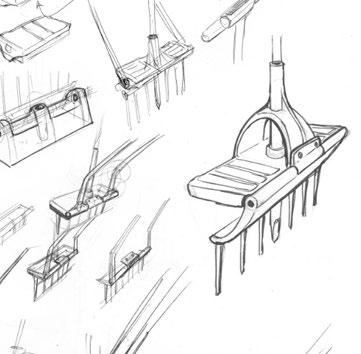
Ideation
Brainstorming and quick sketches
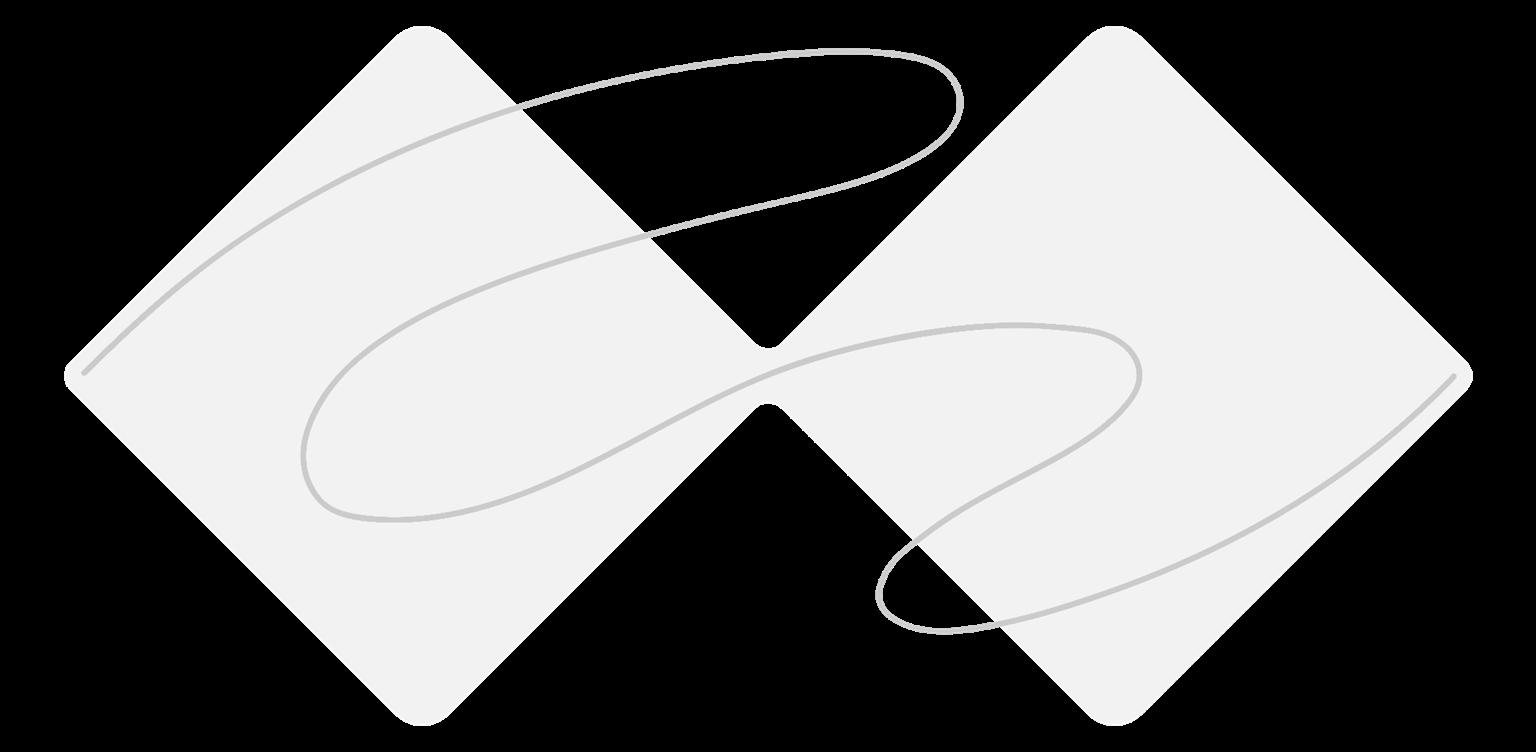
Rough prototypes
Used to test specific functions or capabilities
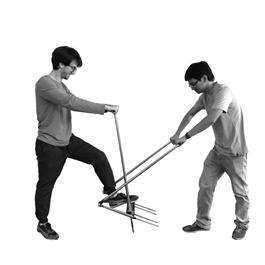
Testing
The prototype was tested by the farmers in Ayacucho
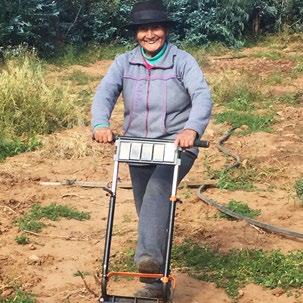

Sketching and 3D modeling
Form and function were refined.
DISCOVER DEFINE DEVELOP DELIVER
Prototype
A physical, full scale model was made
Results
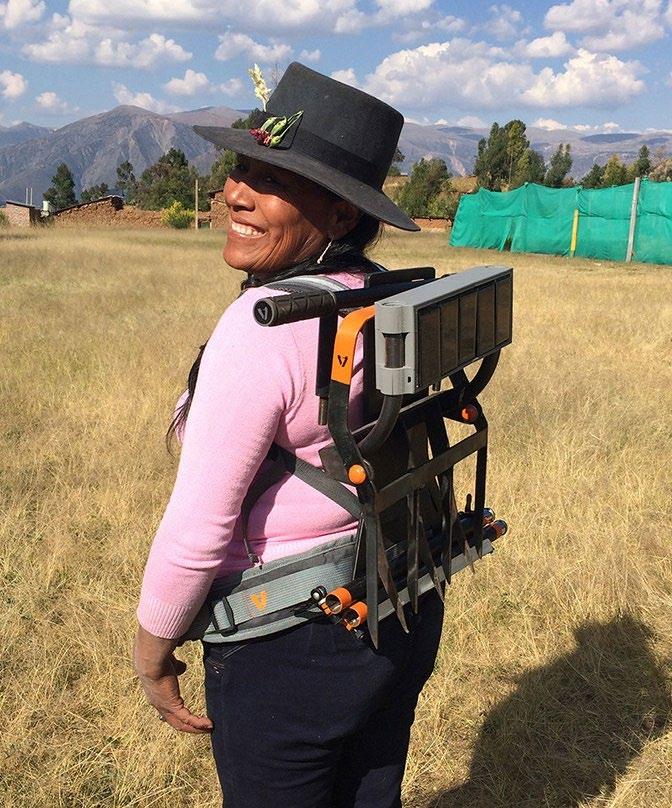
The prototype was tested by local farmers in Ayacucho

Volta was presented at the Global Grad Show (now Propotypes For Humanity) in 2019, an international graduate exhibition that gathered 150 projects from design schools around the world, focusing on social change and sustainability. It was held in Dubai, UAE, during Dubai Design Week.
External links
Volta – Andean Agricultural Tool - Prototypes For Humanity https://www.prototypesforhumanity.com/project/volta-andean-agricultural-tool/
Proyecto VOLTA - Pontificia Universidad Católica del Perú - Vimeo https://vimeo.com/352365983
WIPPO
A wearable posture tracker for children
Academic project | 2017
Client: PUCP Academic Vice-rector (Funding)
Team:
Elizabeth Albarracín, Camila Rodríguez, Alejandro Castro, Andrés Leiva, Gabriel Matos, Víctor Pinillos, Héctor Ticona, Richard Vicente

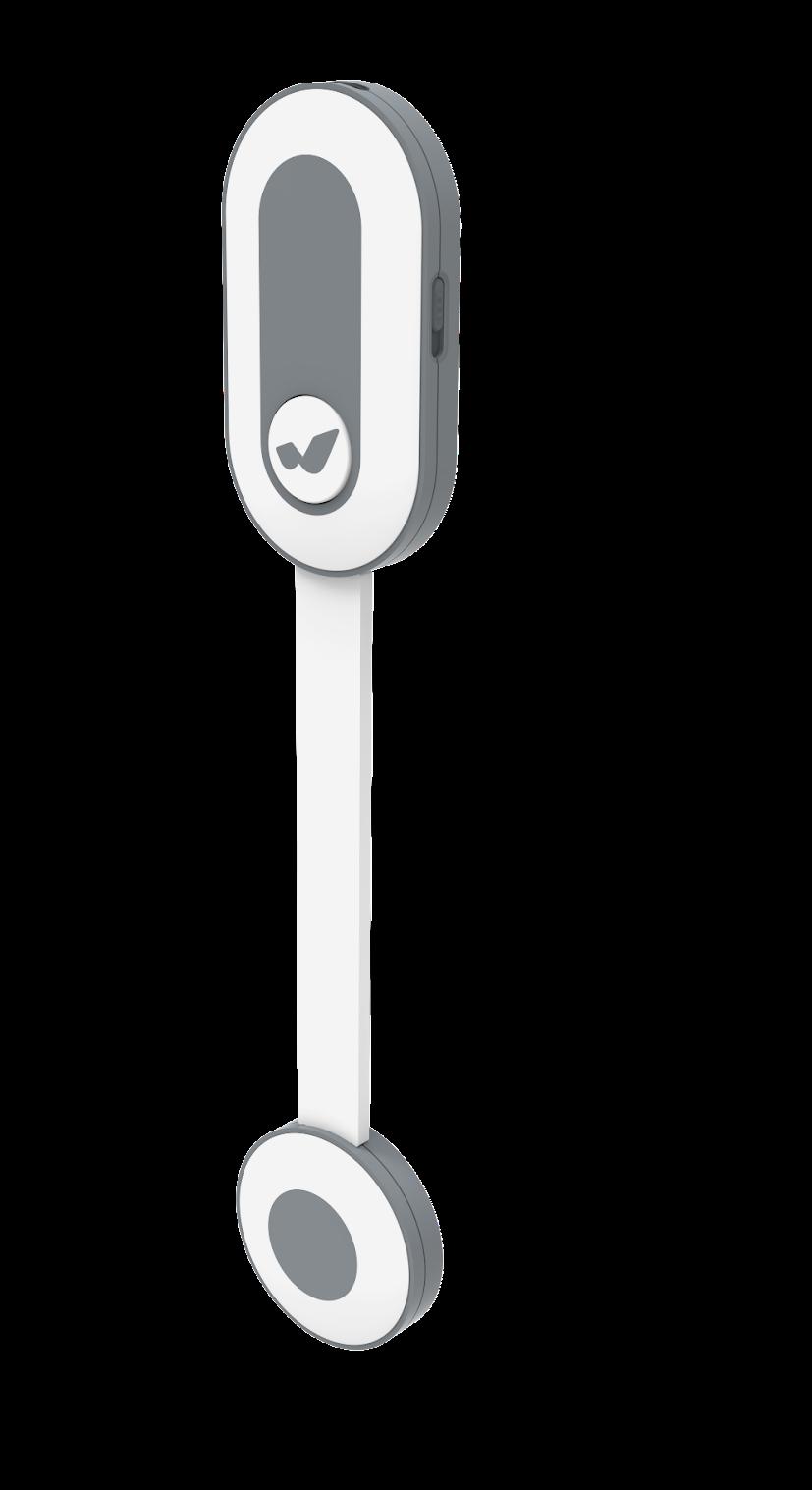
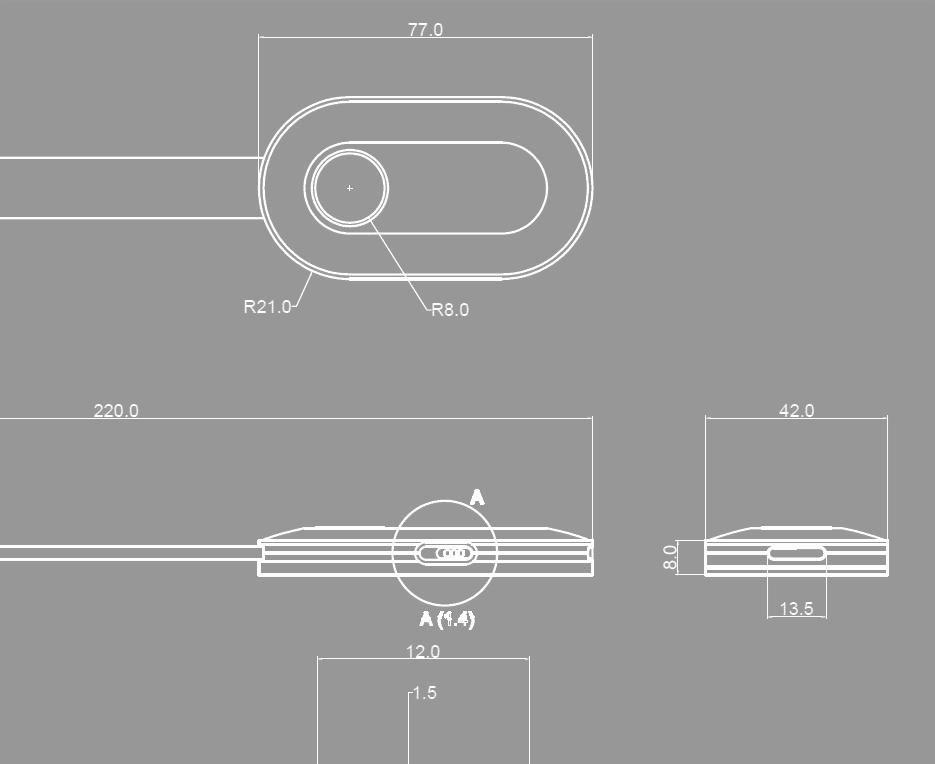
Designers and engineers working collaboratively to create a functional and user-friendly wearable posture tracker
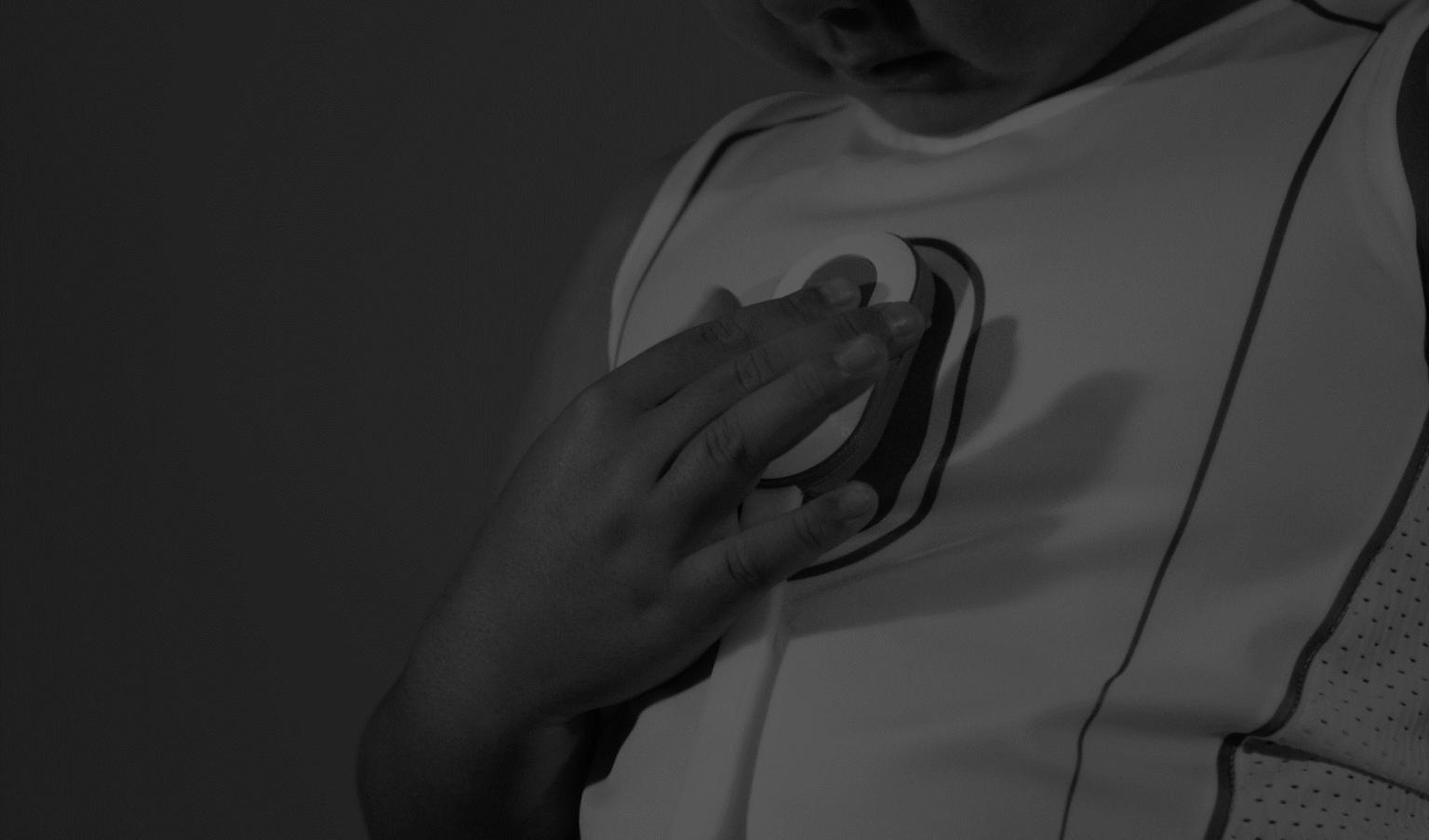
Given the task of developing health-related wearable products, a team of designers and electronic engineers worked together throughout the whole process, from early user-centered research to the development of functional prototypes.
Research
What should be the role of wearable technology applied to posture and back health?
Bad posture and slouching can be dangerous for our back health. Not only do they cause back pain or stiffness, but can also have long-term consequences, like a bent or twisted spine. This is acommon concern with children, as their bodies are constantly growing and developing. In this project, we explored how a wearable electronic device could help prevent bad posture and future back pathologies in children.
While interviewing parents and specialists (traumatology, chiropractic) about posture issues in children, most agreed in the following findings:
Sedentary lifestyle
Due to an increasing use of screens and mobile devices, children spend more time sitting down. This reduces the development of muscles, which are key to maintaining a good posture.
Lack
of attention = Lack of correction
As parents spend more time at work, they usually are not around to check on the child’s posture and give any kind of real-time feedback.
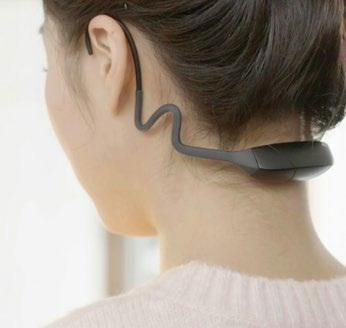


Benchmarking
Most posture trackers work by sending alerts or vibrations when the user slouches. However, in order to actually correct one’s posture, it requires a conscious, sustained effort to stop slouching, which would be hard to find in kids, who are not fully aware of the long-term consequences of bad posture.
The wearable device cannot be a replacement of a parent or specialist, but a tool to assist them in the detection of harmful habits, in order to make corrections or treatment more specific and effective.
Ideation
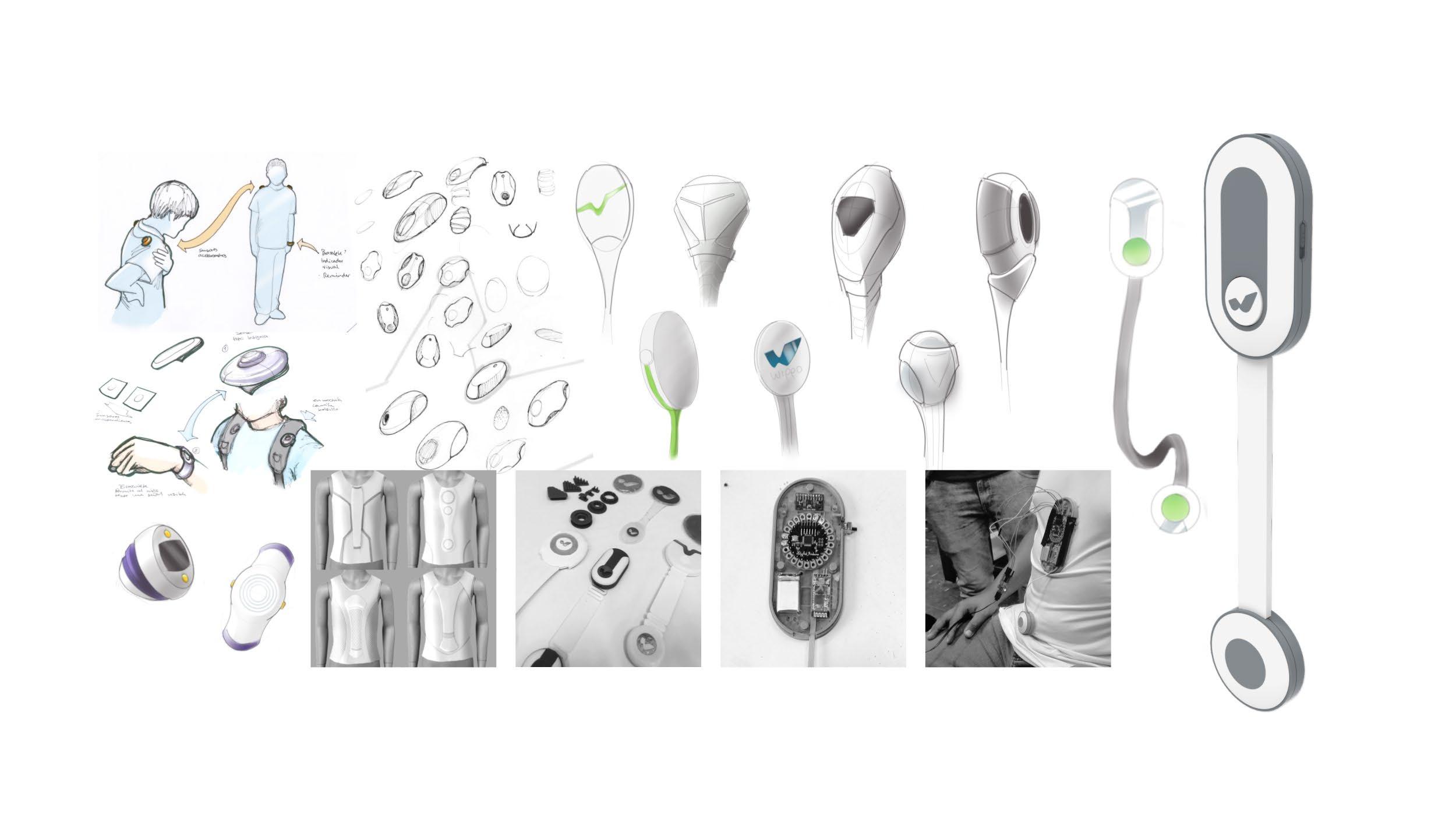
The goal was to visually convey futurism, technology and simplicity at the same time
Product features
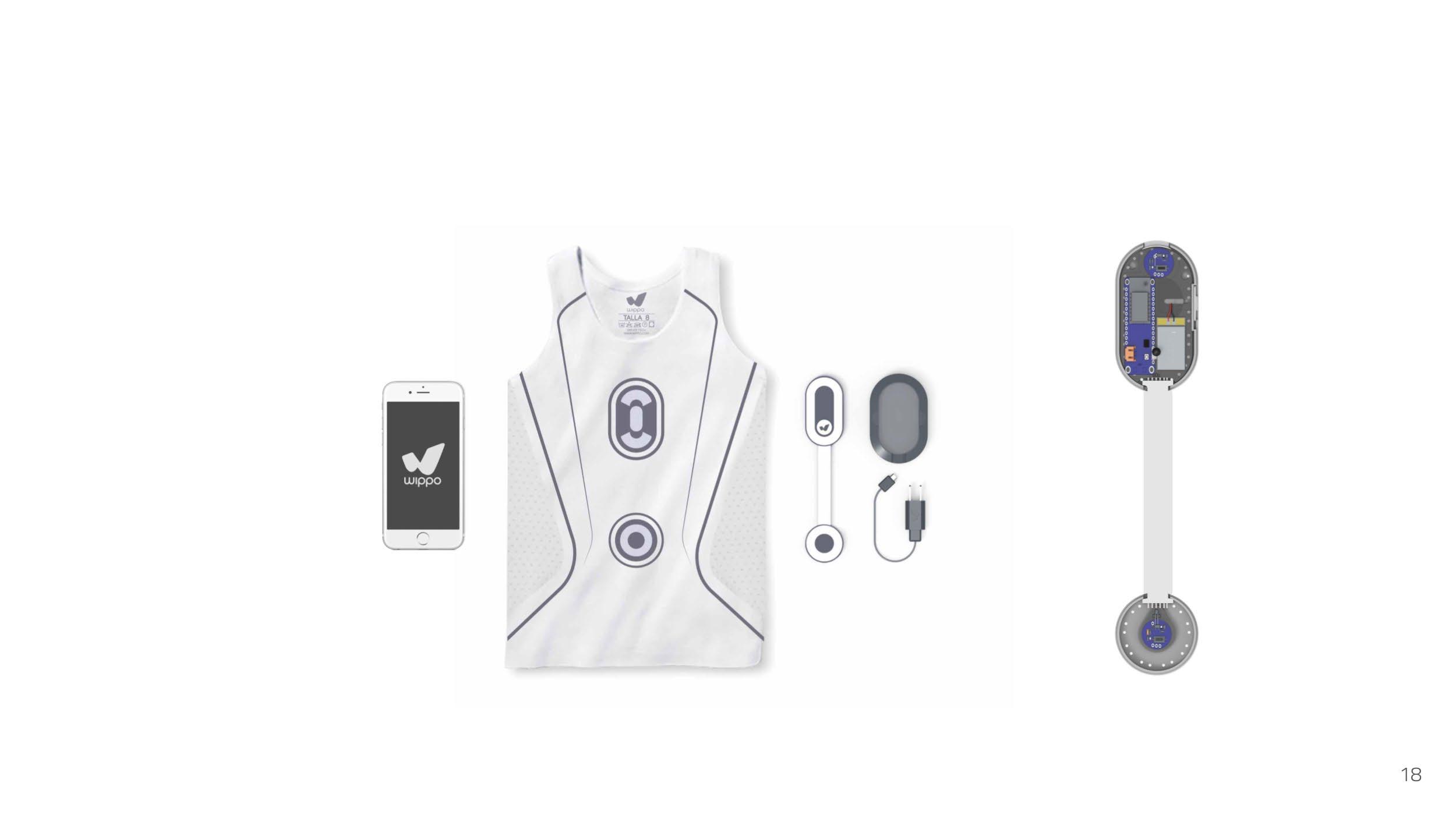
Wippo is a posture monitoring system, designed to help parents and specialists keep track of the child’s habits and prevent future pathologies.
Smartphone app
Compatible undershirt
The system integrates different components and actors for an effective tracking
Main components (Posture sensor)
sensor
Processing unit and Bluetooth module
2 Motion sensors: (accelerometer + gyroscope)
Battery
Product features
While the wearable device uses a pair of motion sensors to track the different positions of the body, the smartphone app processes that data to generate a daily report. This information can be used by parents or specialists as a tool to discover habits and find the most efficient ways for posture correction.
The dedicated application is installed in the user’s smartphone. The devices are paired through Bluetooth connection.
It is not meant to be used as a replacement of parental guidance or medical treatment, but as an instrument to shed some light on previously vague or subjective information.
The device is charged through a dedicated wireless charger.
A daily report is generated, showing a percentual estimate of how much time the child spent on each posture.
How does the user interact with the product through the day?
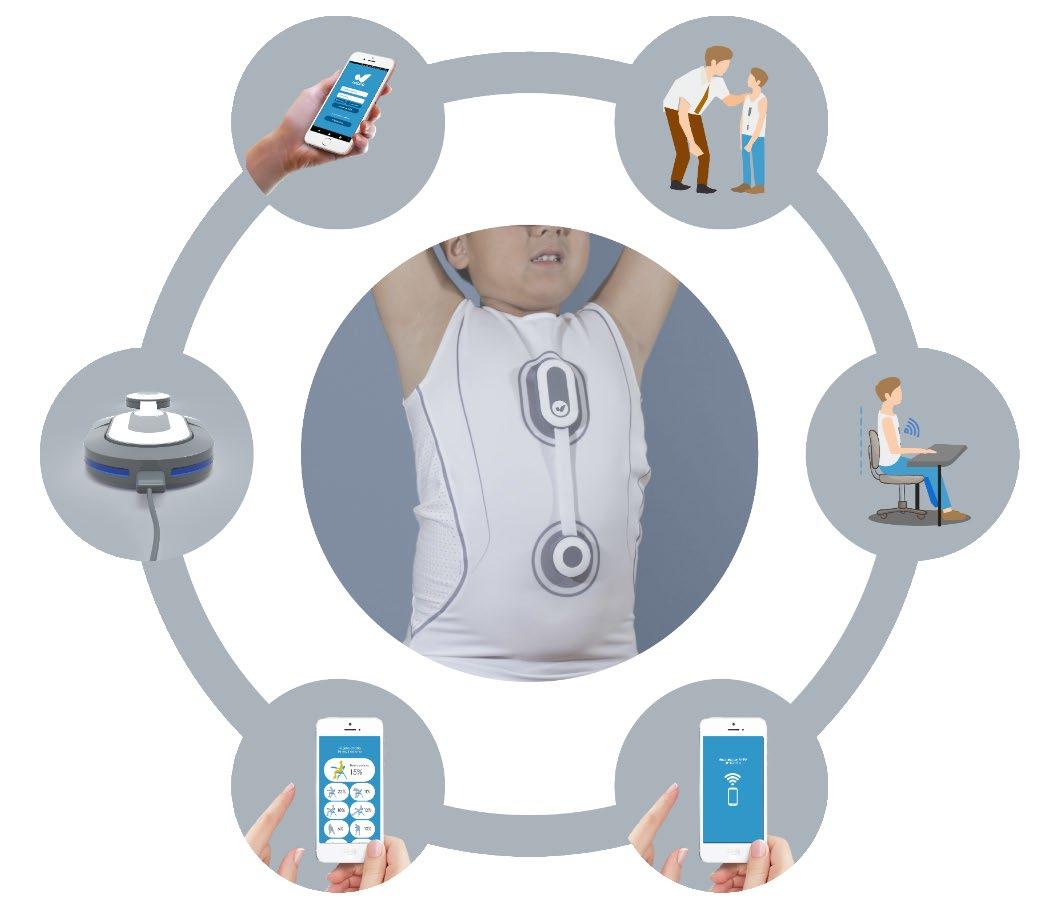
Parents help position the wearable device on the adhesive section of the clothing.
The device identifies the child’s posture and records data during the day.
At the end of the day, the app receives the collected data.
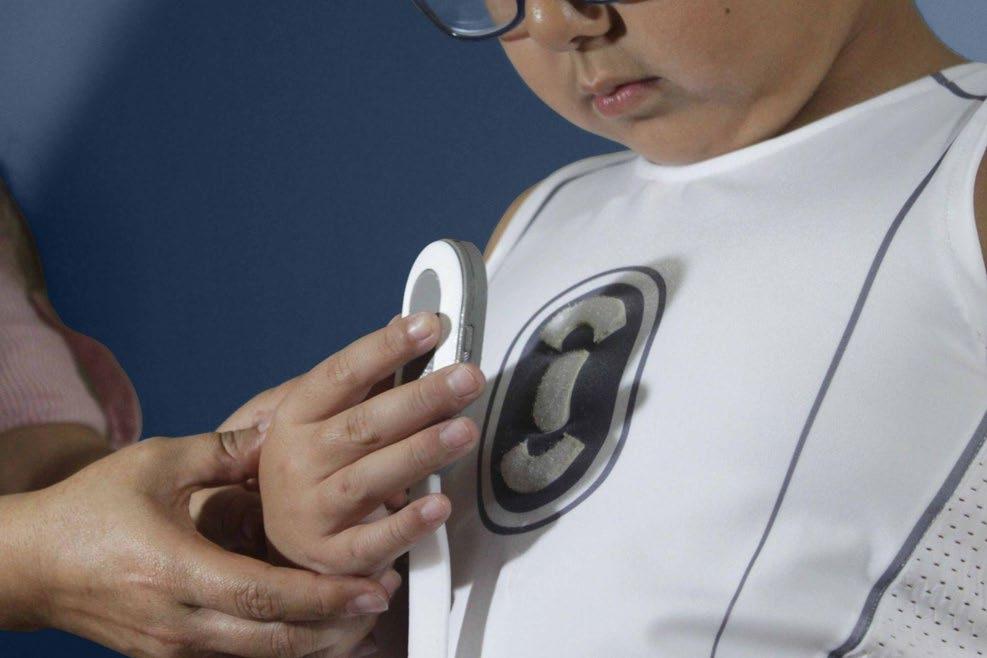
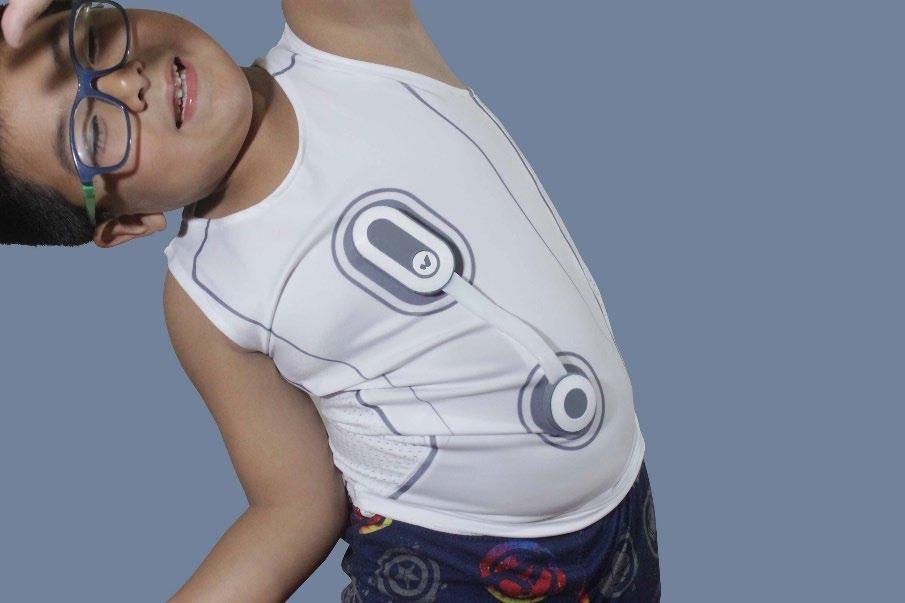

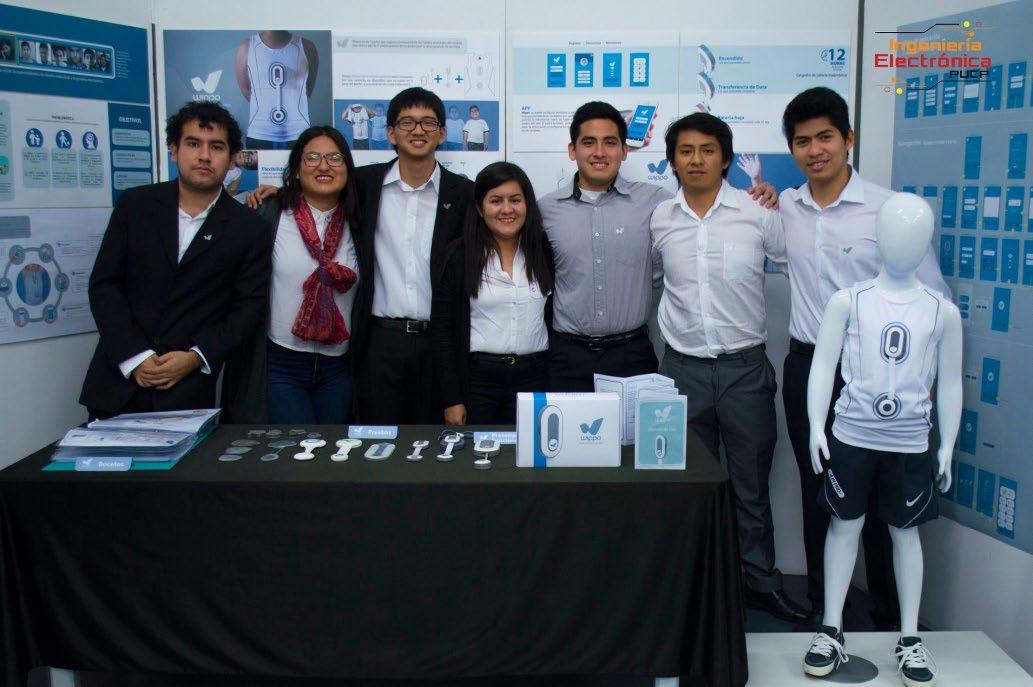
Wippo was presented along other interdisciplinary research projects to the PUCP Academic Vice-rector and his team, showing a functional prototype and mobile application.
METAX
Hospital furniture and equipment design for state institutions
In-house design team | 2020-2023
Clients:
Peruvian Ministry of Health (MINSA)
ESSALUD - Peruvian Social Health Insurance
ARCC - Autoridad para la Reconstrucción con Cambios
NUVALAB Laboratories, Maison de Santé Clinic

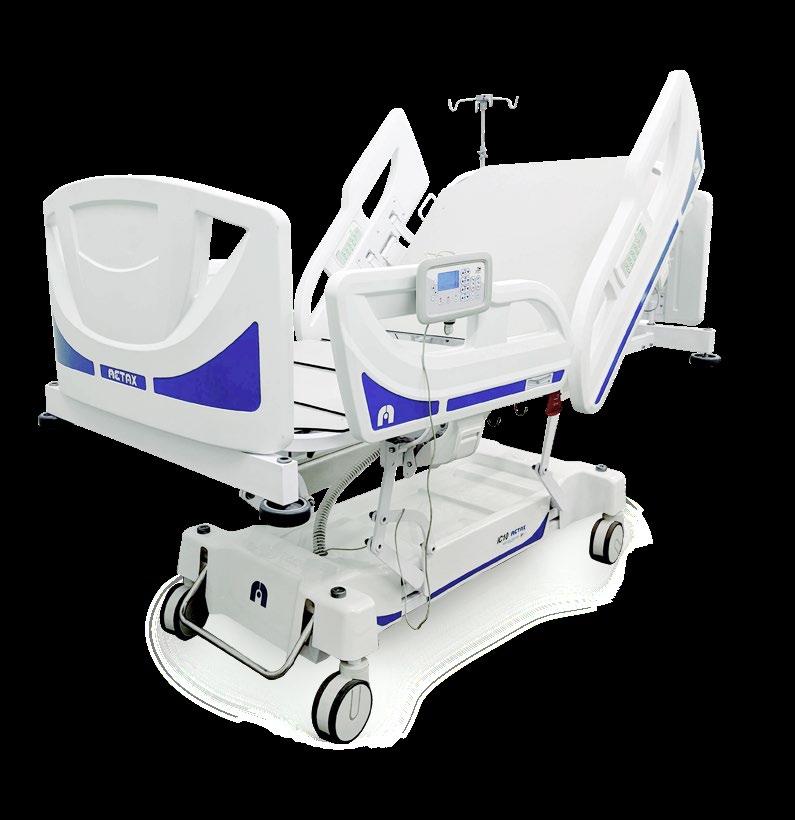
Overcoming an unprecedented health crisis through locally manufactured, high quality medical products
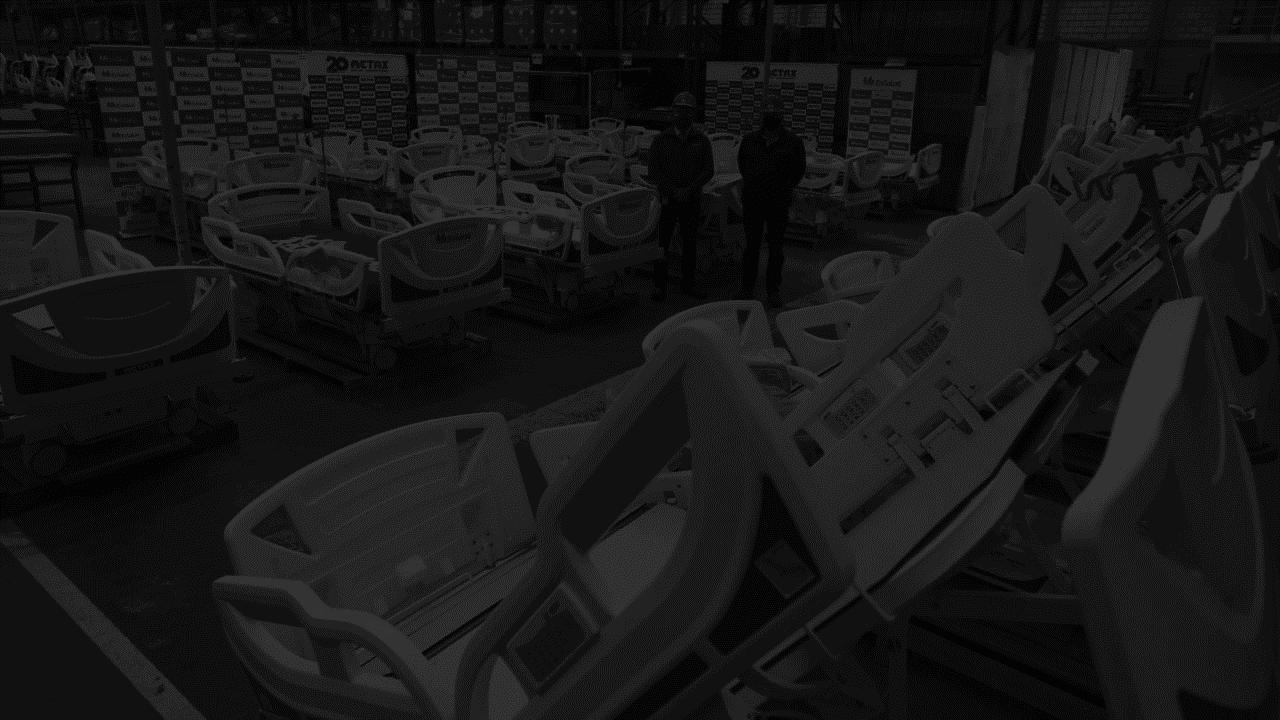
METAX is a hospital furniture and equipment manufacturer, based in Lima, Peru. During the COVID-19 pandemic, the company produced more than a thousand ICU beds, along with hospital beds, emergency stretchers and many other kinds of hospital furniture.
Background
When the COVID-19 pandemic spread around the world, healthcare systems faced major challenges to fight back. Peru was one of the most affected countries, reaching the world’s highest death rate per capita.
This unprecedented crisis revealed a severe lack of infrastructure and medical equipment, with hundreds of people lying on hospital floors waiting for medical attention.
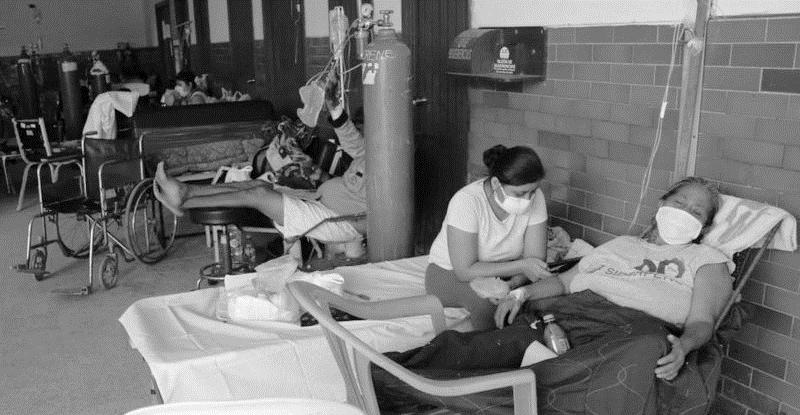
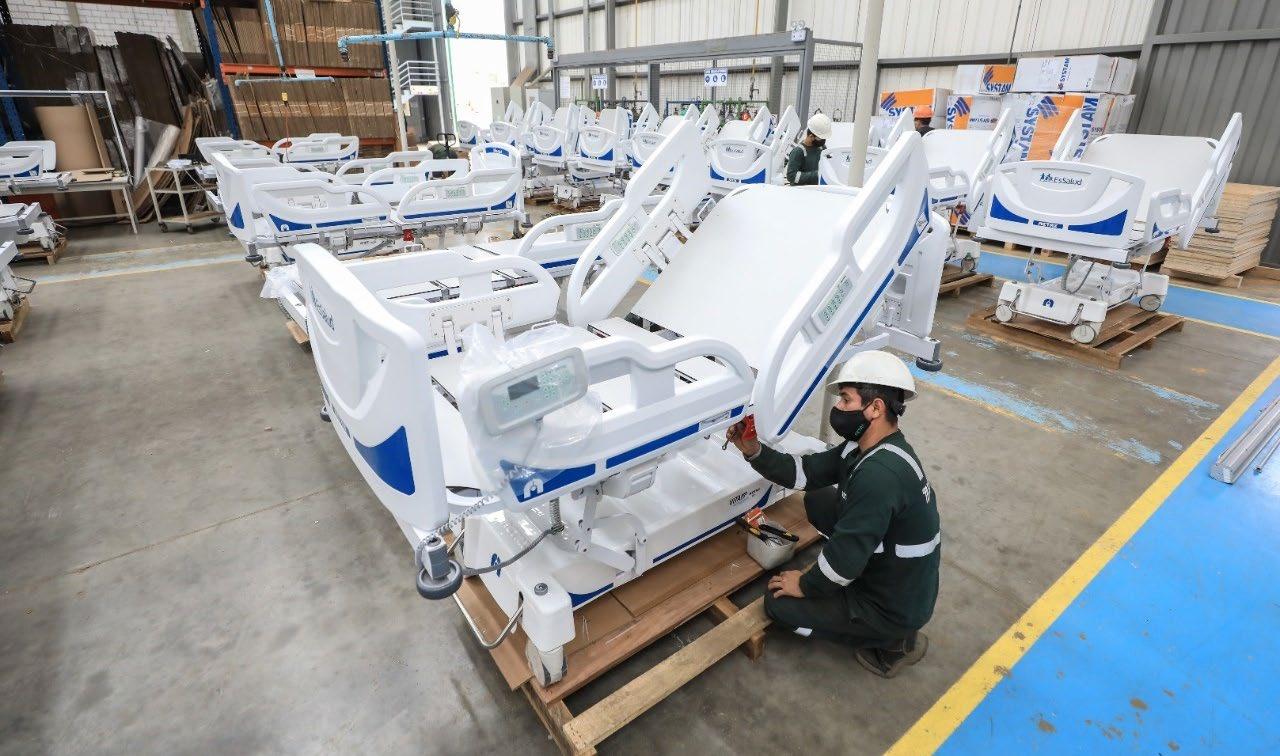
METAX is a local Peruvian company with more than 20 years of experience in hospital furniture and equipment manufacturing. Amidst the healthcare crisis, the company not only produced large quantities of ICU beds, hospital beds, emergency stretchers to meet the high demand of Peruvian healthcare institutions, but also provided complete furnishing solutions for new hospitals being built.
Product lines
The most common product lines for hospital furnishing
The company has developed a wide variety of products, in search of being a one stop shop for whole hospital furnishing projects. This includes hospital beds, treatment chairs, trolleys, cabinets, seating and shelving solutions.
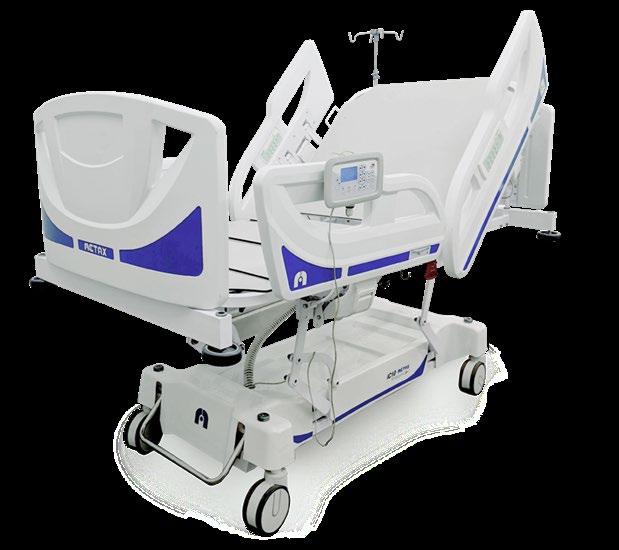


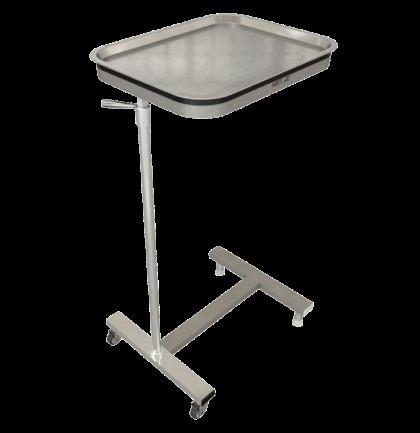
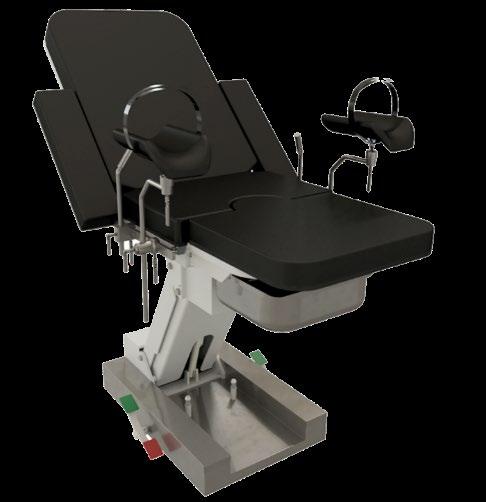

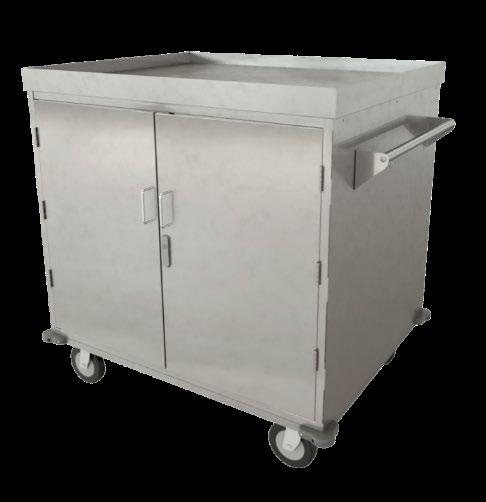
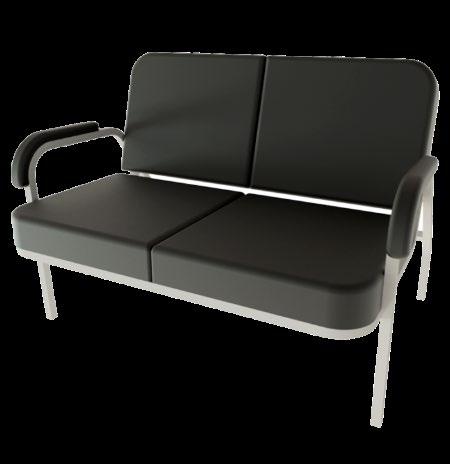
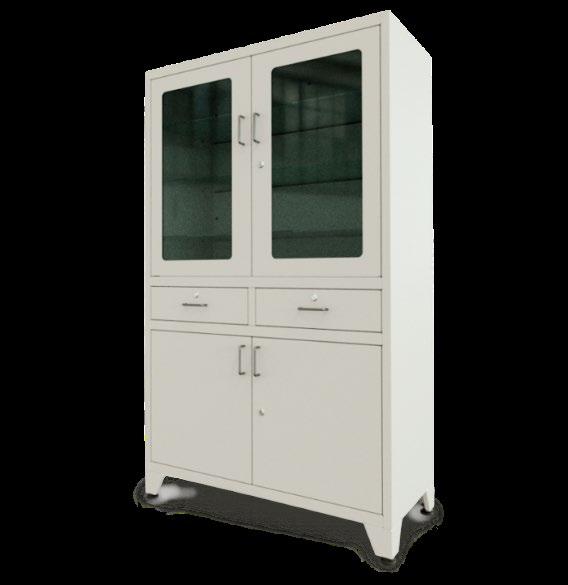
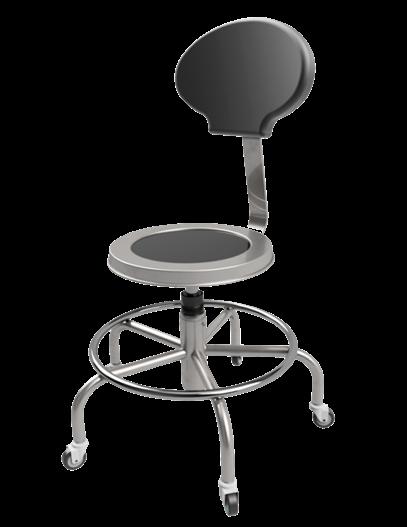
Product development workflow
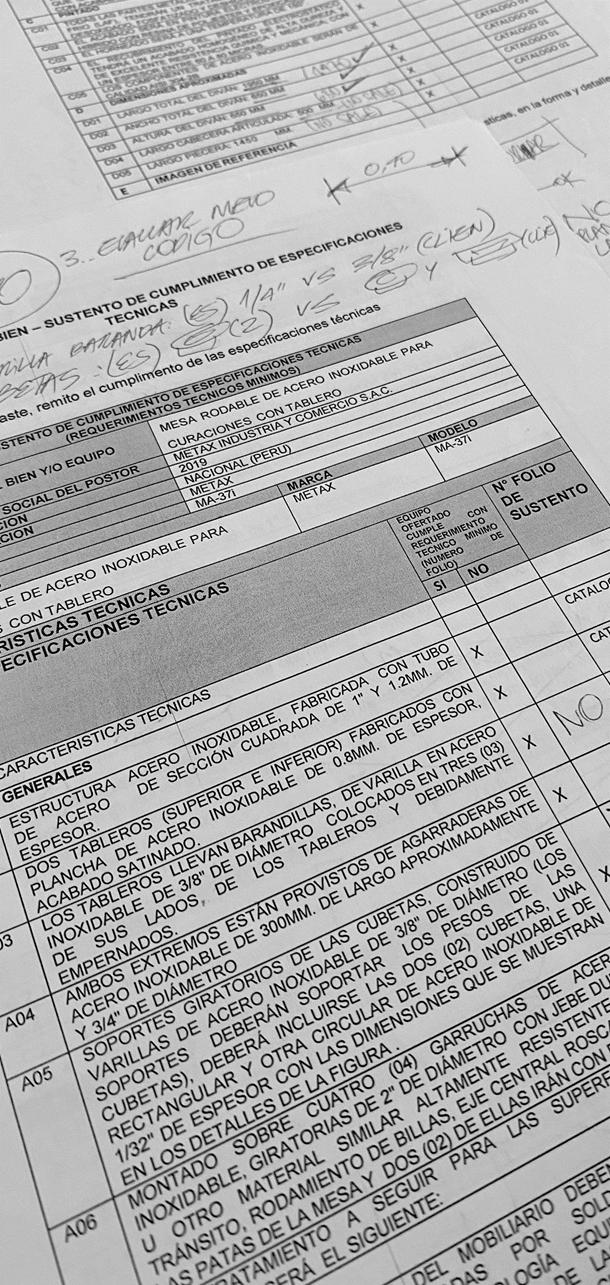
Reception and review of technical specifications
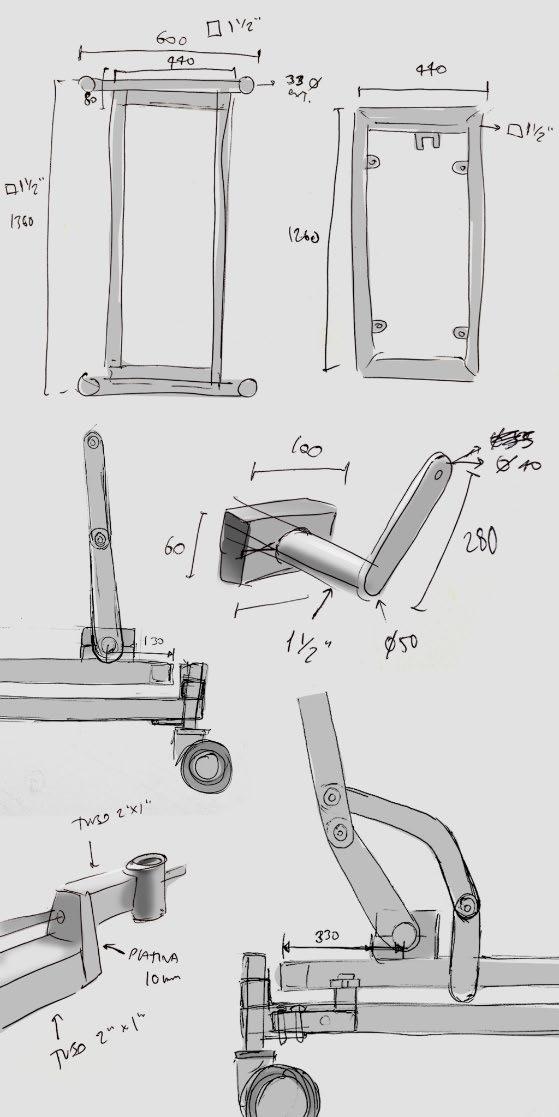
Quick sketches and annotations to convey ideas
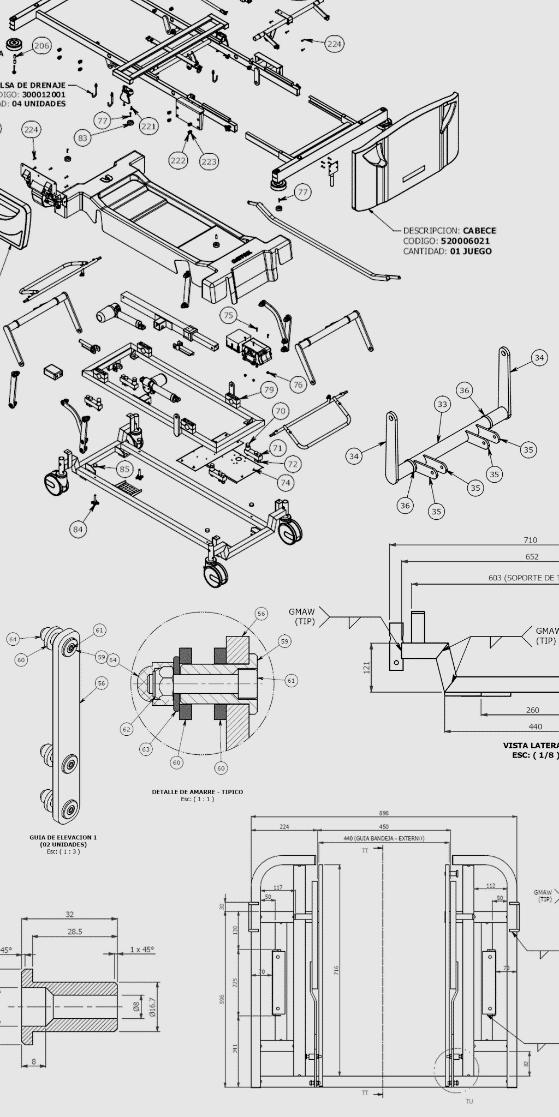
Ideas are translated into 3D geometry and 2D drawings
The typical steps in new product development or refinement
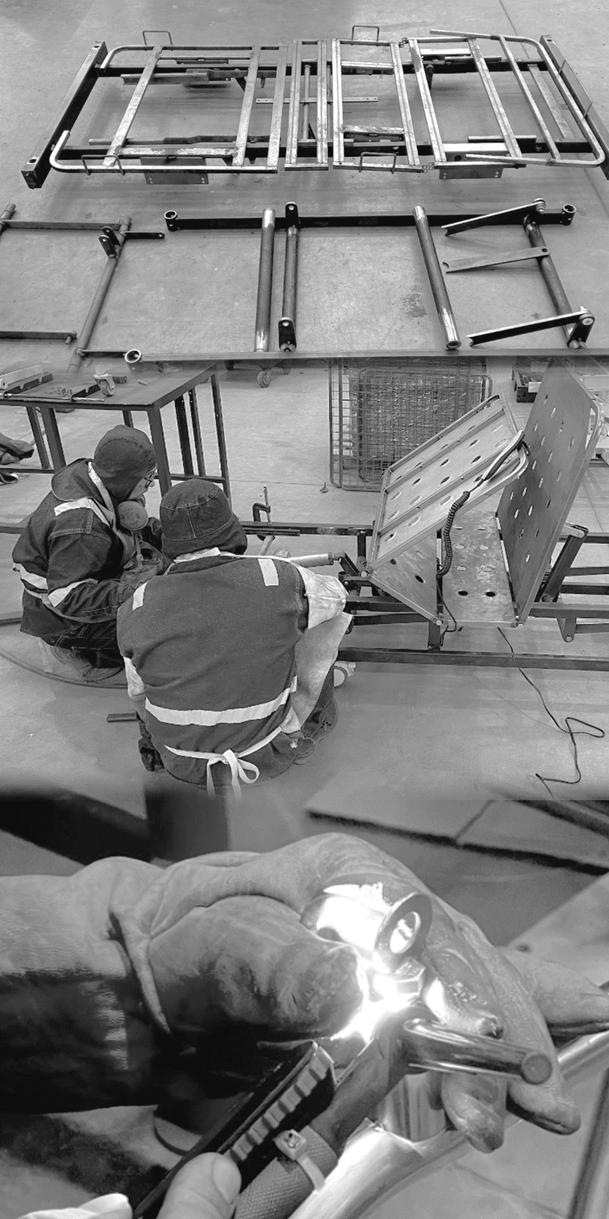
Prototypes are built and tested to ensure functionality
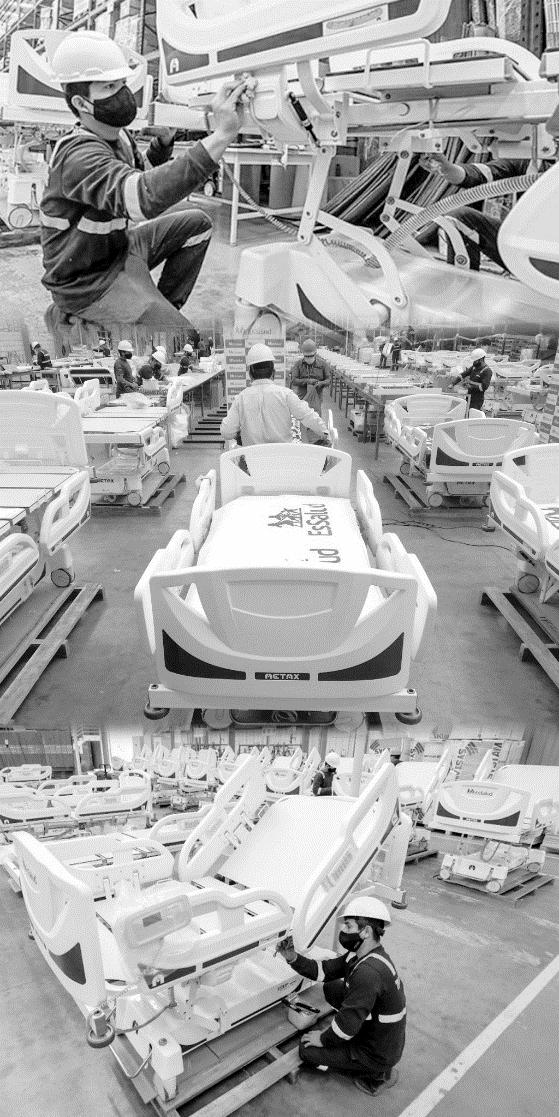
Products are assembled and tested for quality control
New product development

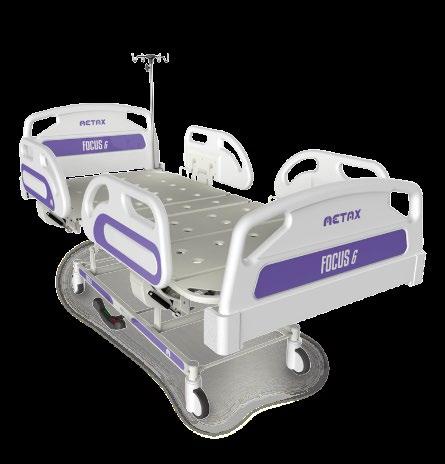
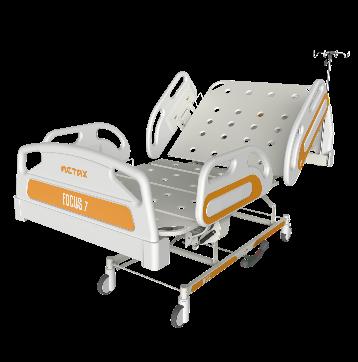
Model:
VITA PESO IC10
ICU bed with integrated scale
The company’s latest and most comprehensive ICU bed model. Its integrated scale can accurately tell the patient’s weight without leaving the bed, useful for drug administration.
New product series launched between 2021 and 2023

Model: ATMO
Stainless steel cradle with plastic cot
A new, redesigned cradle model, result of field research and co-designing with nurses at a maternity hospital, improving accesibility and removing any unnecessary features.
Model:
FOCUS 6 & FOCUS 7
Mid-range electrical bed
Bridging the gap between simple mechanical beds and electric ICU beds, the FOCUS series offers electric movements in a strippeddown structure, optimal for hospitalization needs.
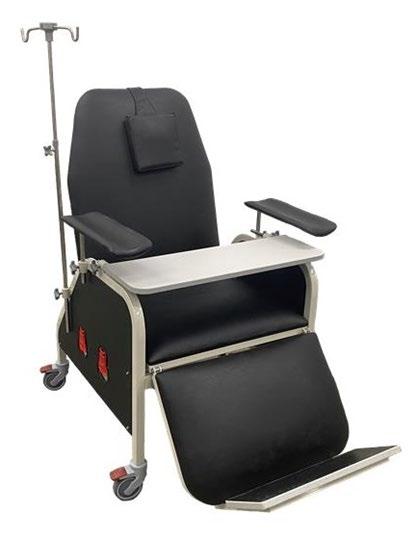
Model: E710
Pneumatic chemotherapy chair
Designed on-demand, following specific recommendations from hospital staff, this chair supports chemotherapy patients with pneumatic movements and customizable accessories, including a foldaway eating table.
In-house design projects
Wood accesories for home-care beds (2020-2021)
How can materials and textures affect the emotional perception of a product?
Exploration of wood as a material for building side rails, head and foot boards for home-care beds.
Role: Project leader, sketching, rendering, technical drawings (CAD).
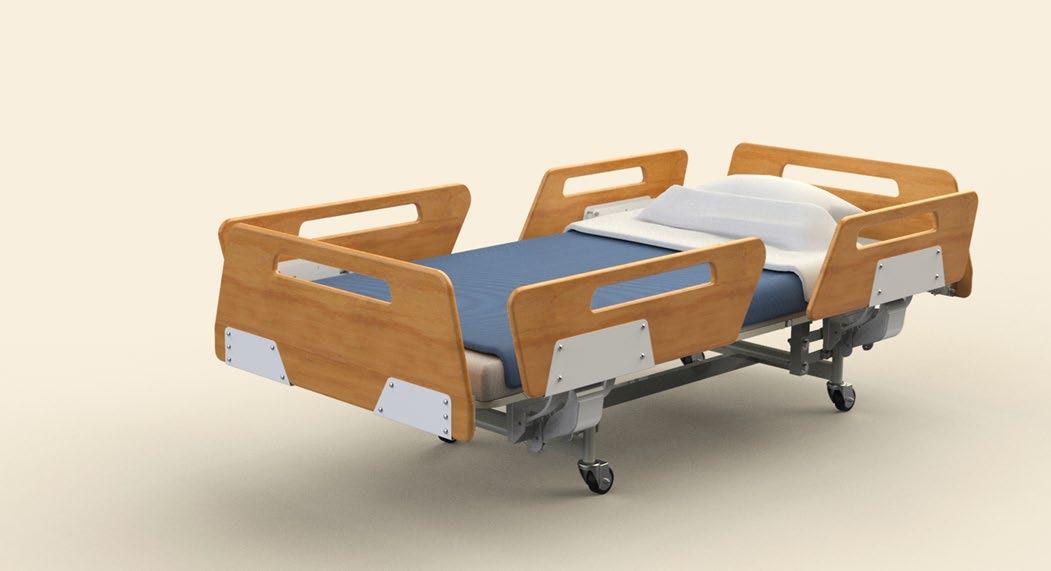
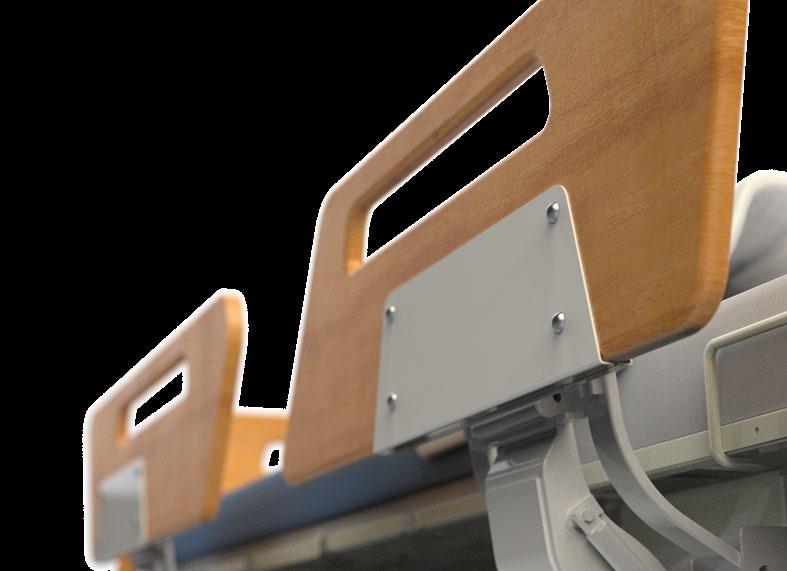
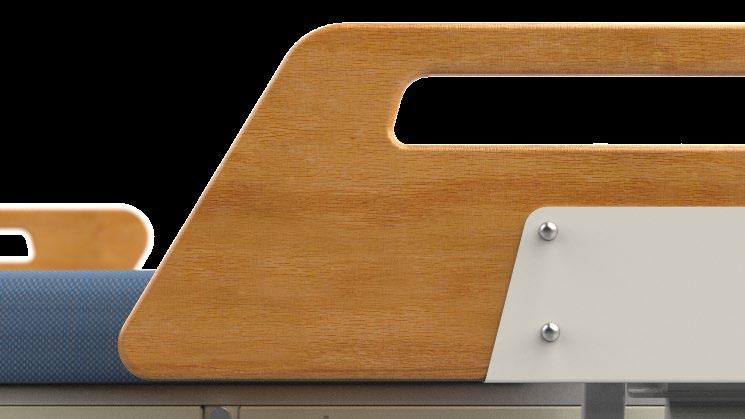

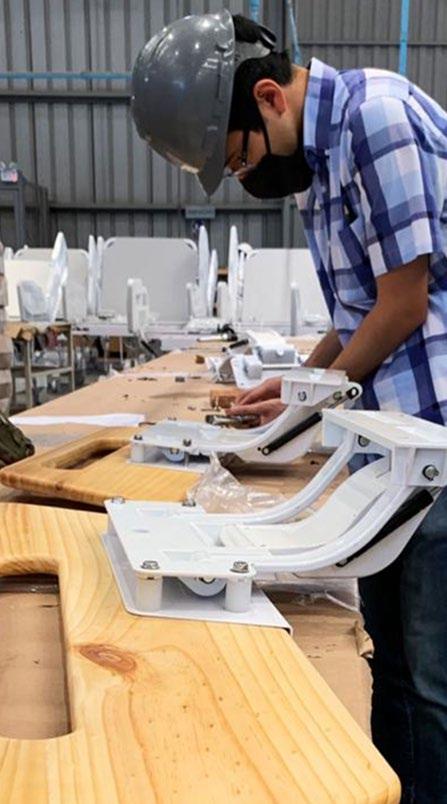
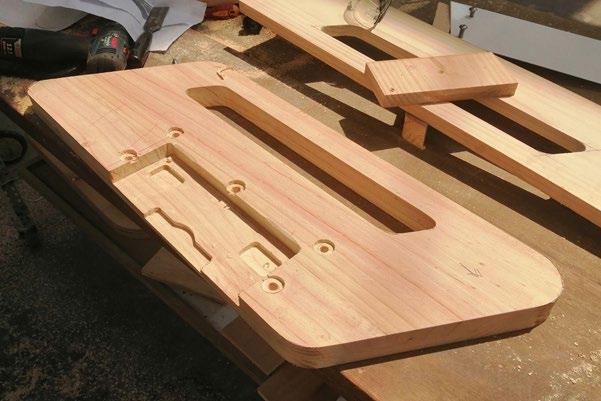
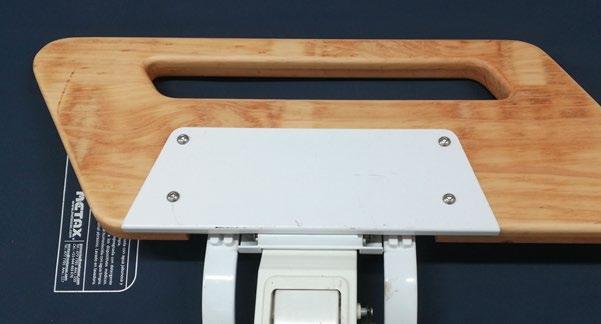
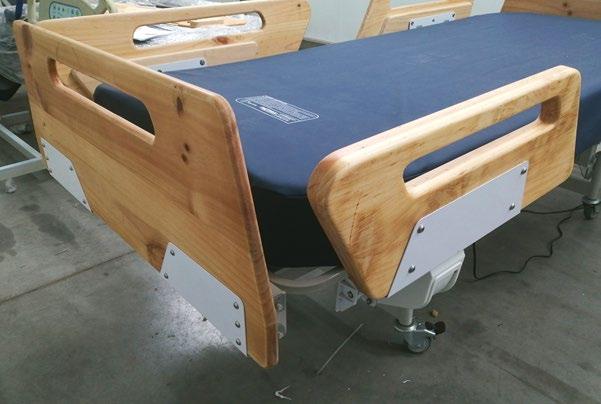
In-house design projects
NUVALAB
Laboratories - Maison de Santé Clinic (2021)
Leading and delivering a complete client-specific project
The project involved the design, manufacture and installation of stainless steel furniture with solid surface worktops for two laboratories in Lima.
Role: Project leader, client presentations, layout design, rendering, technical drawings (CAD), installation supervisor.
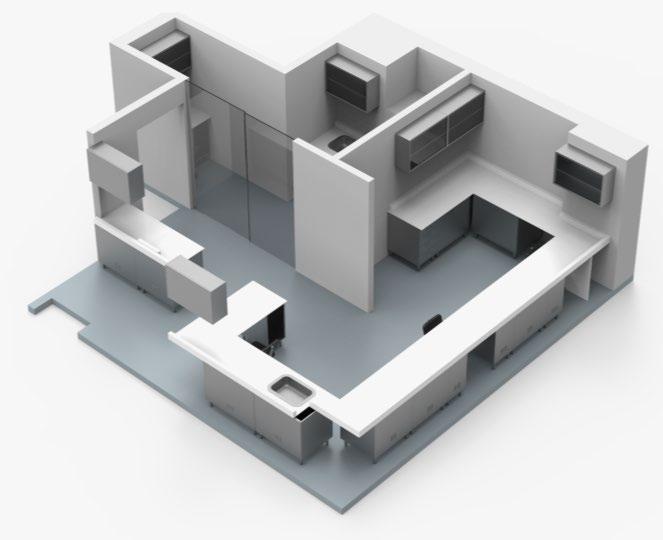
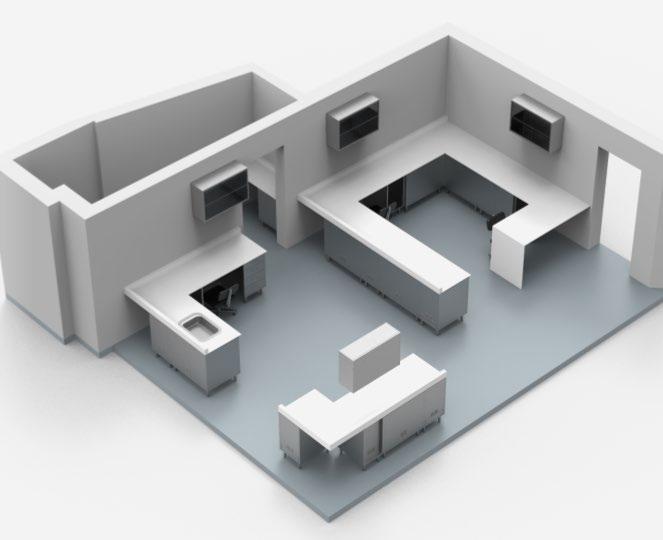
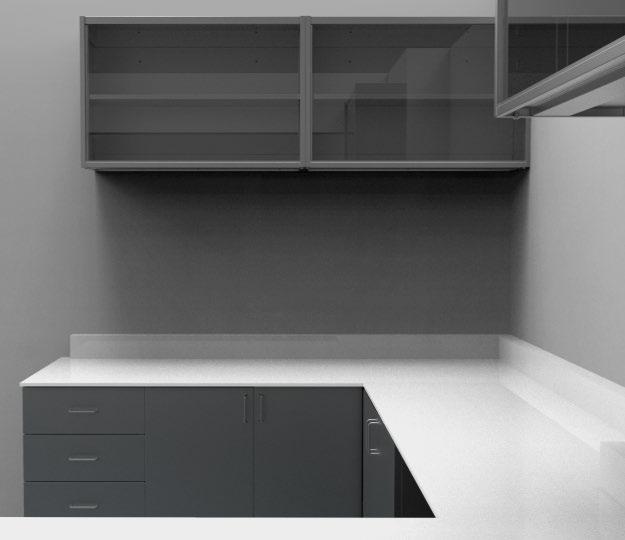
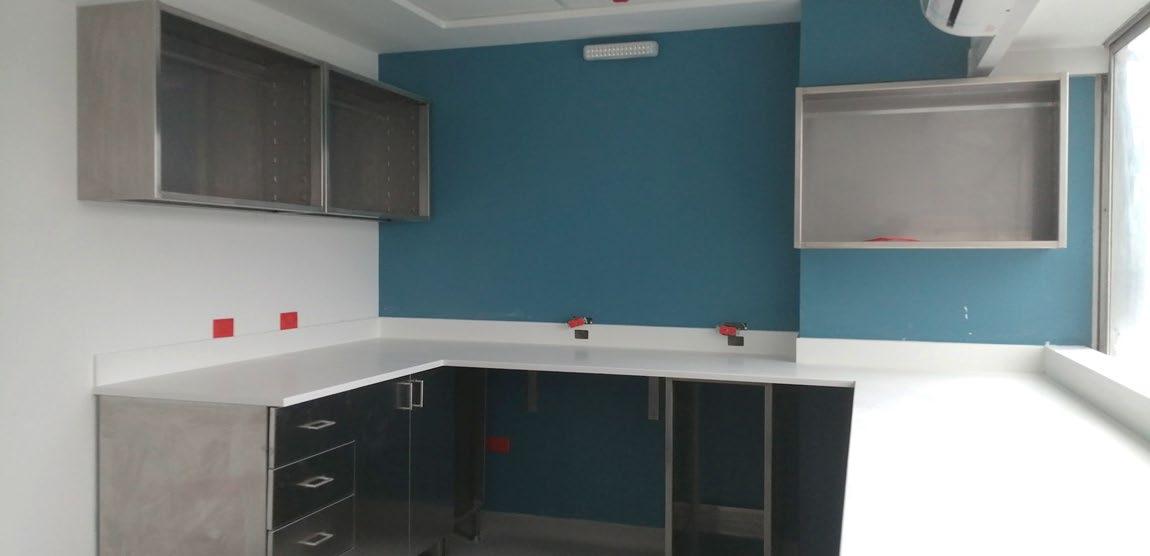
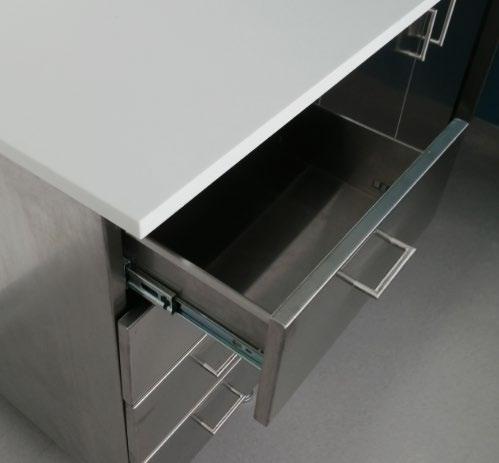
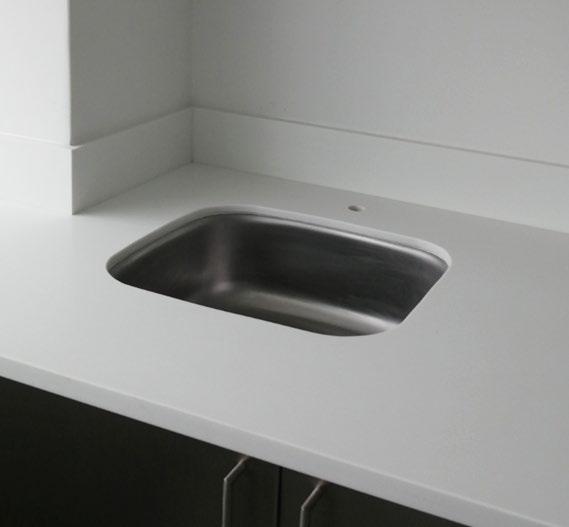
In-house design projects
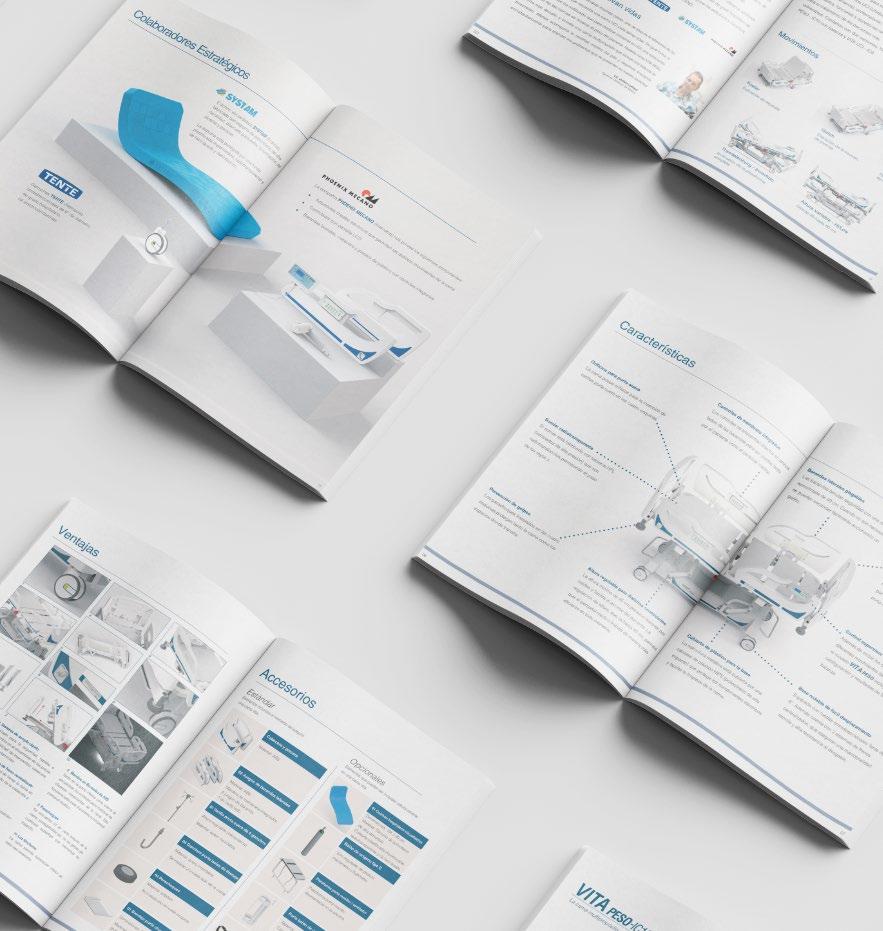
Editorial design: Catalogues, booklets and user manuals. Layout design and rendering
Catalogue for the VITA ICU beds series
Complementary tasks within the Design and Development department

User research and co-design, in coordination with the Sales department
Nurses testing a birthing bed, giving feedback on usability

Packaging and logistics innovations
Testing a new pallet and crate design made completely out of OSB boards

